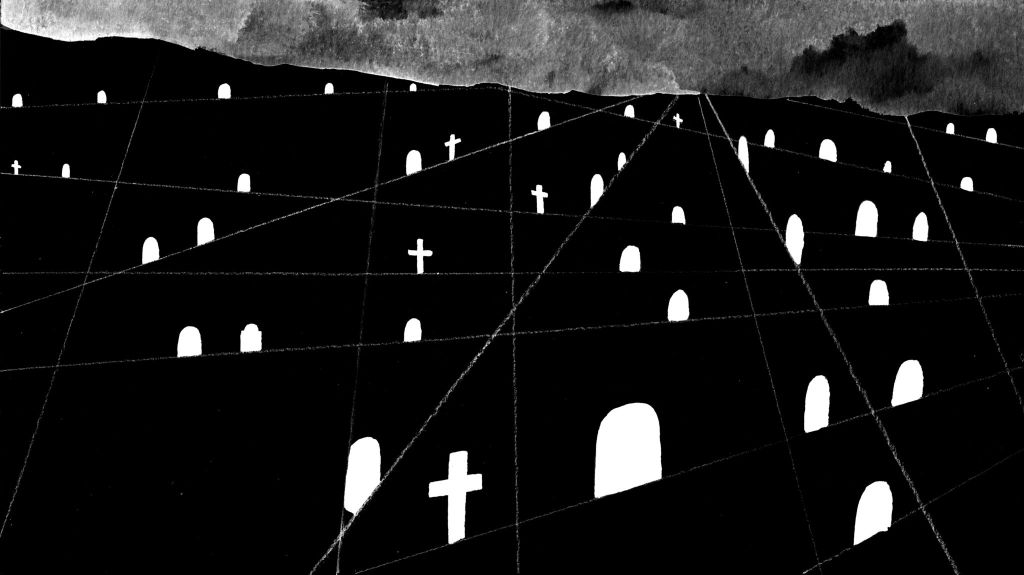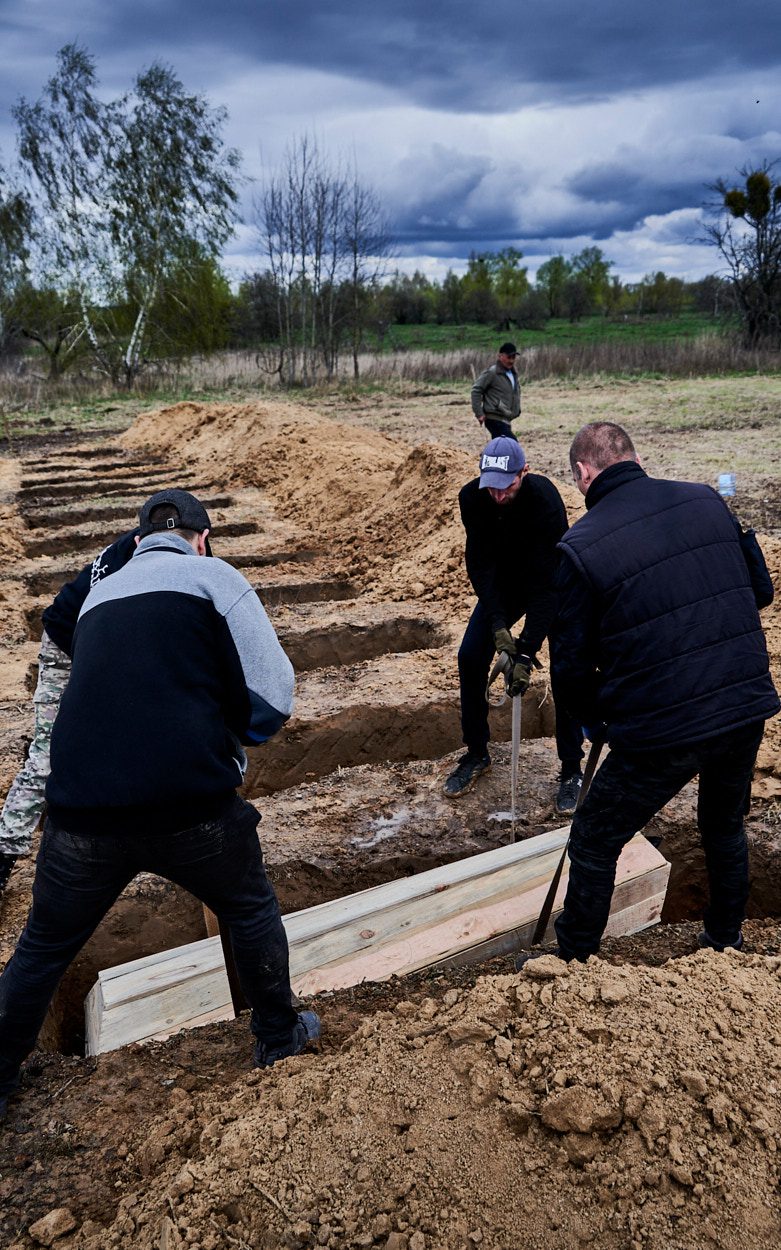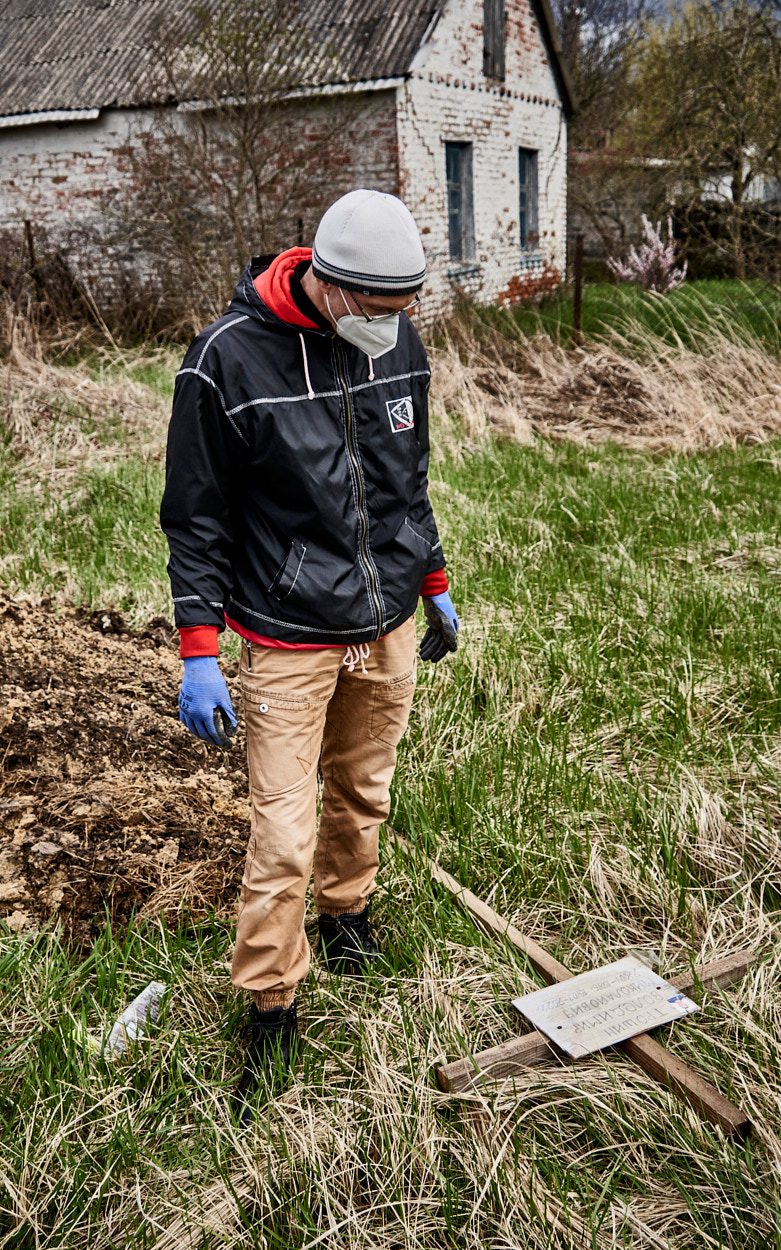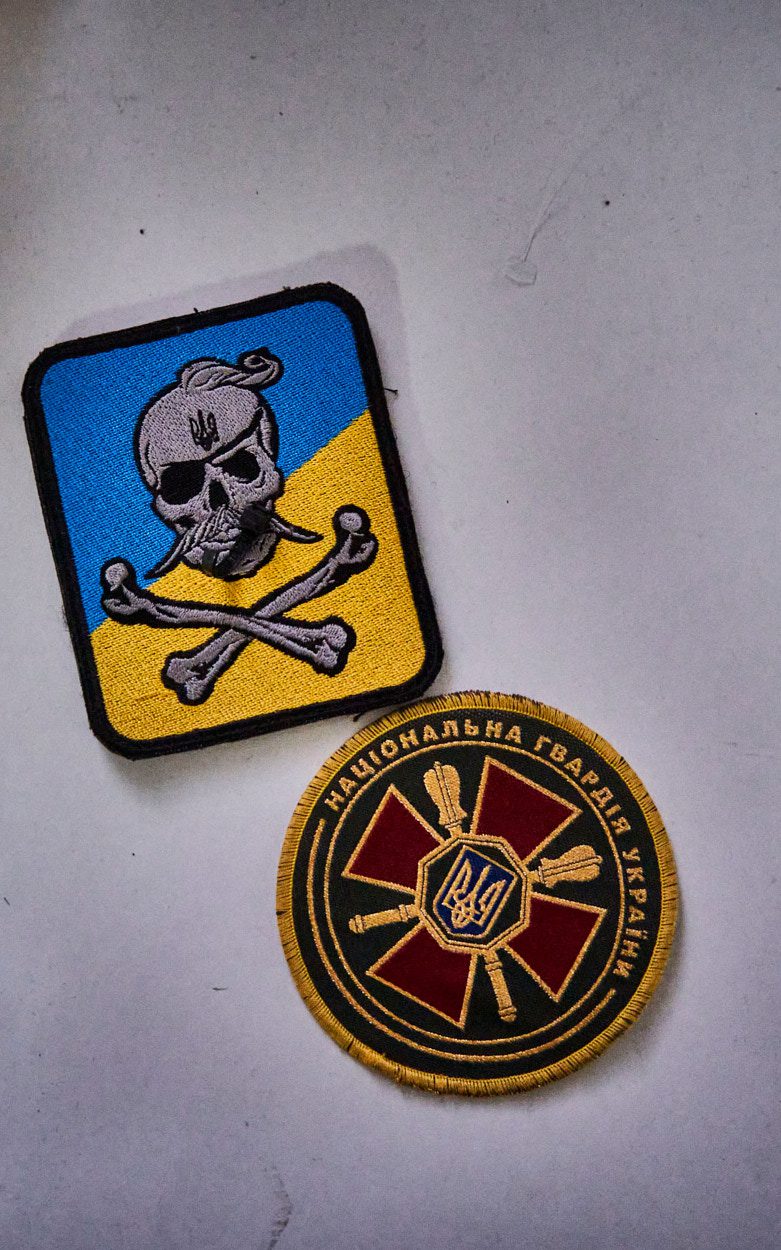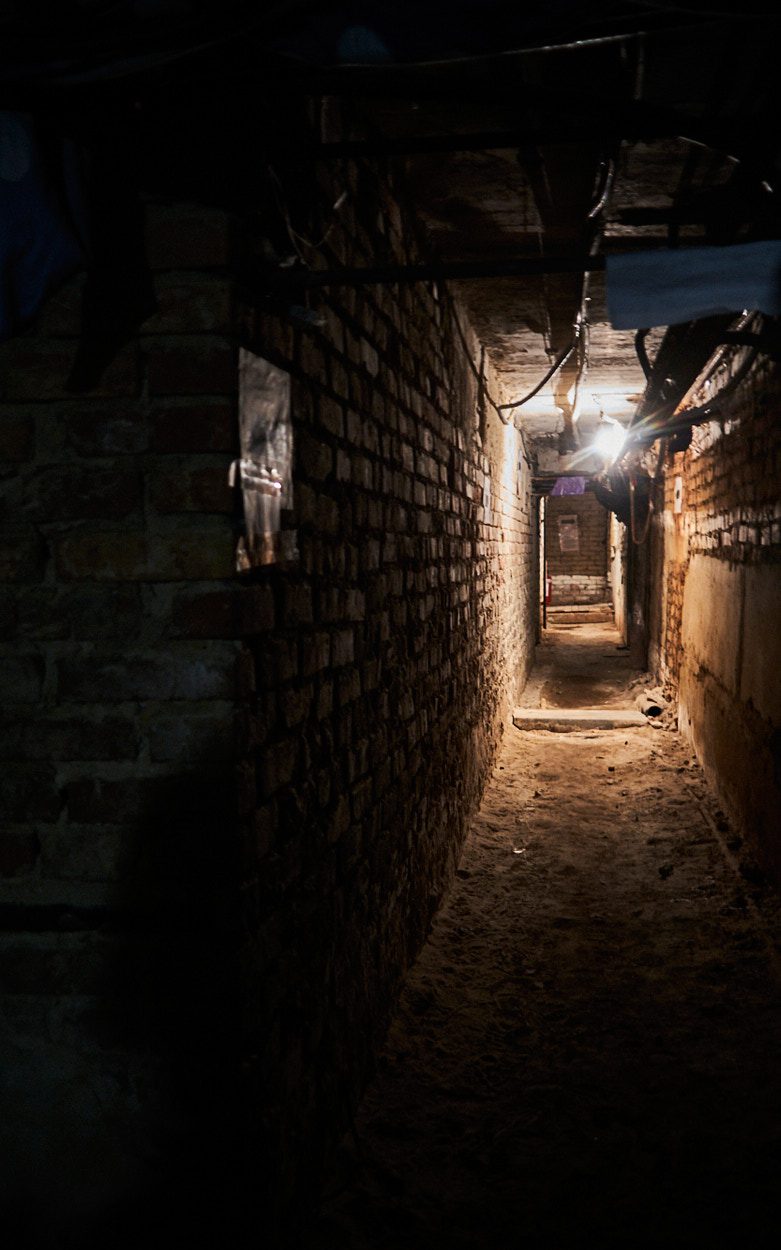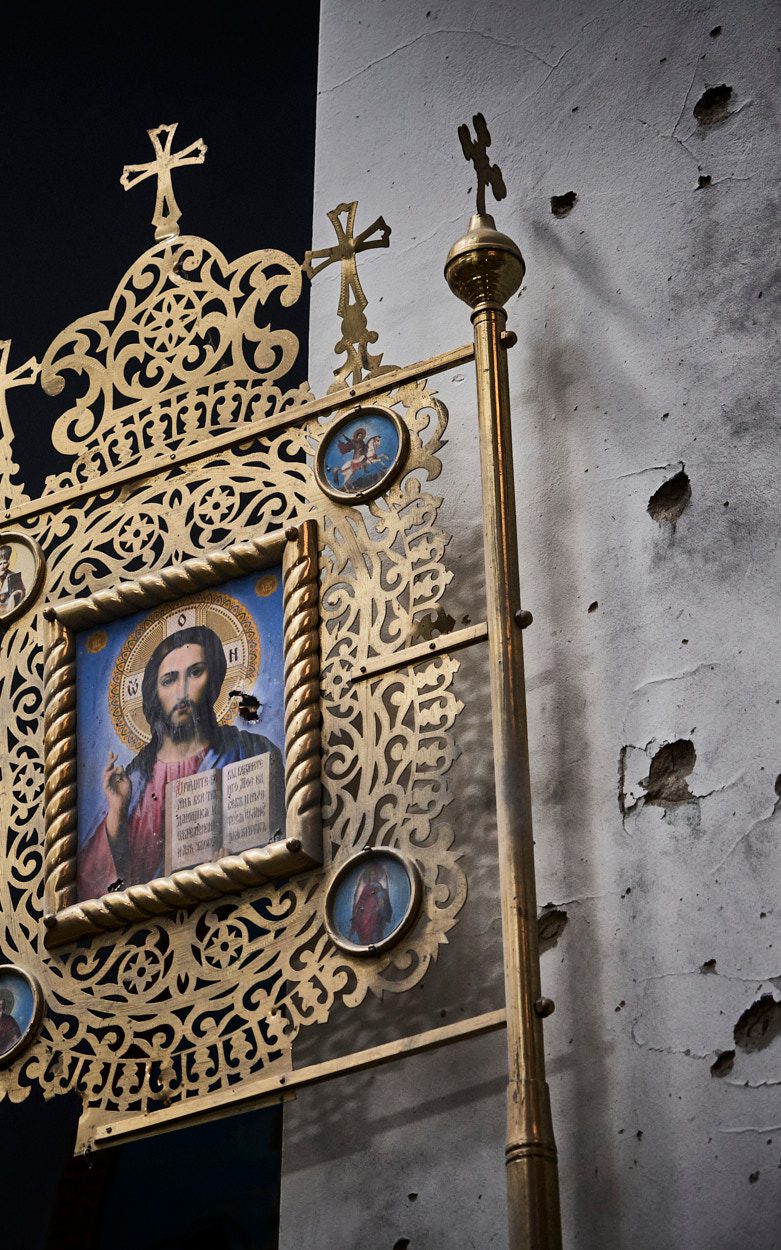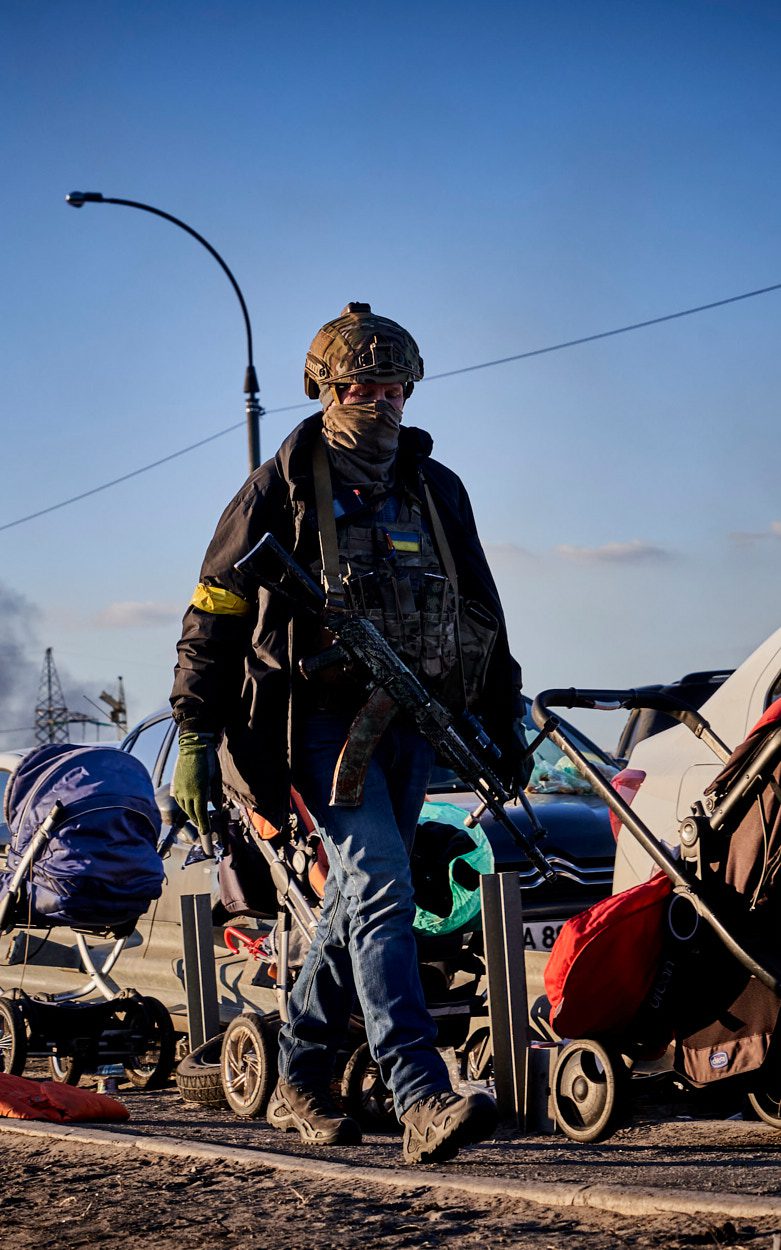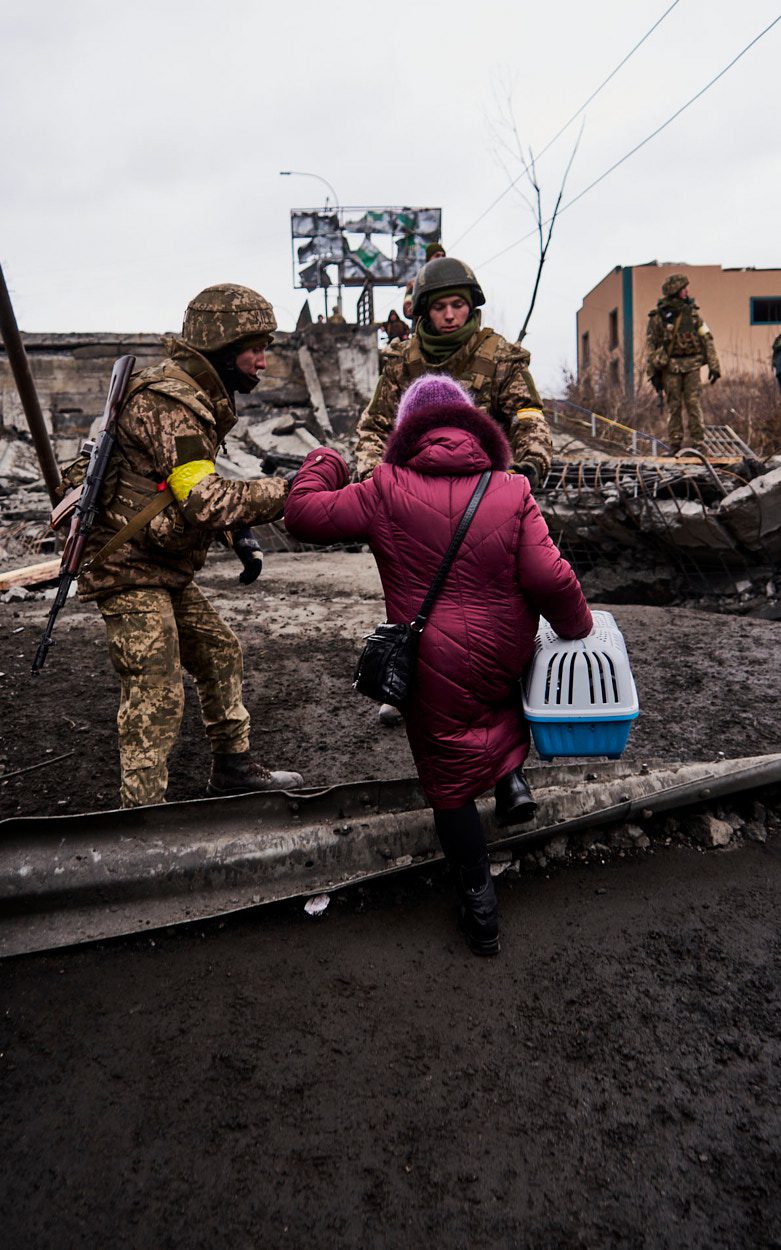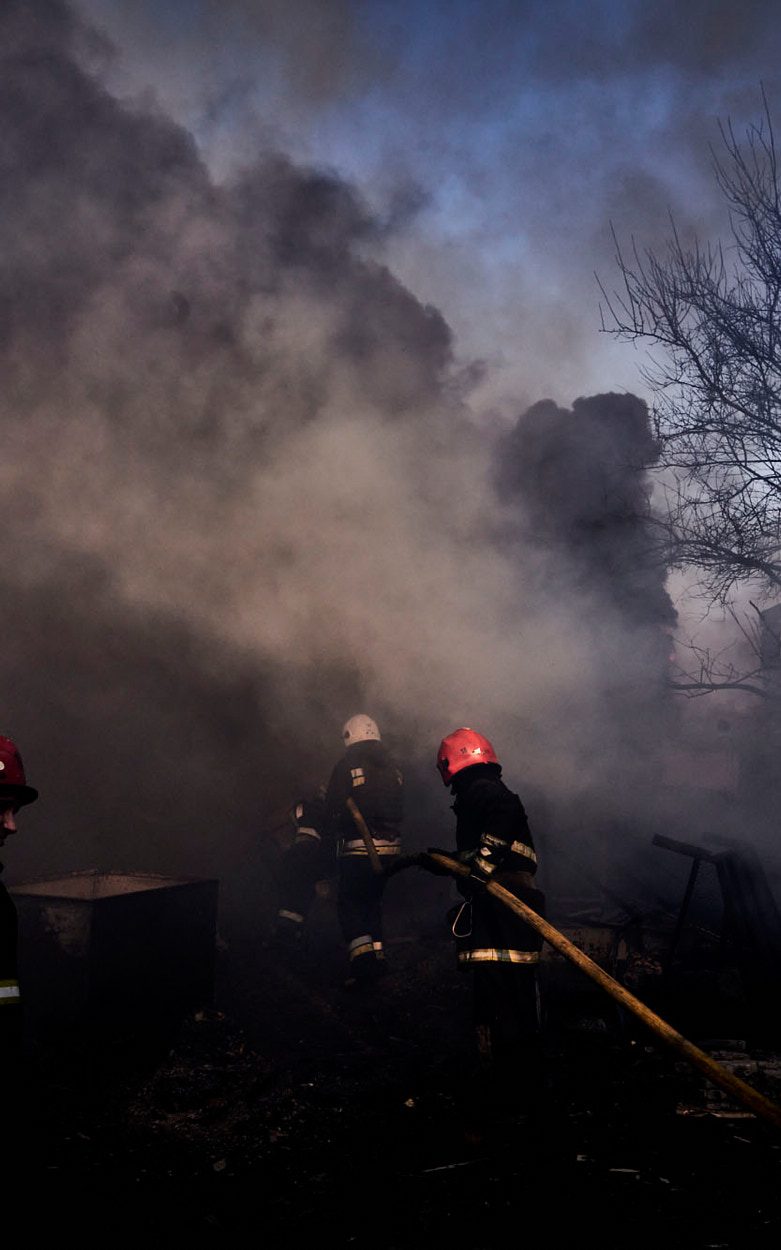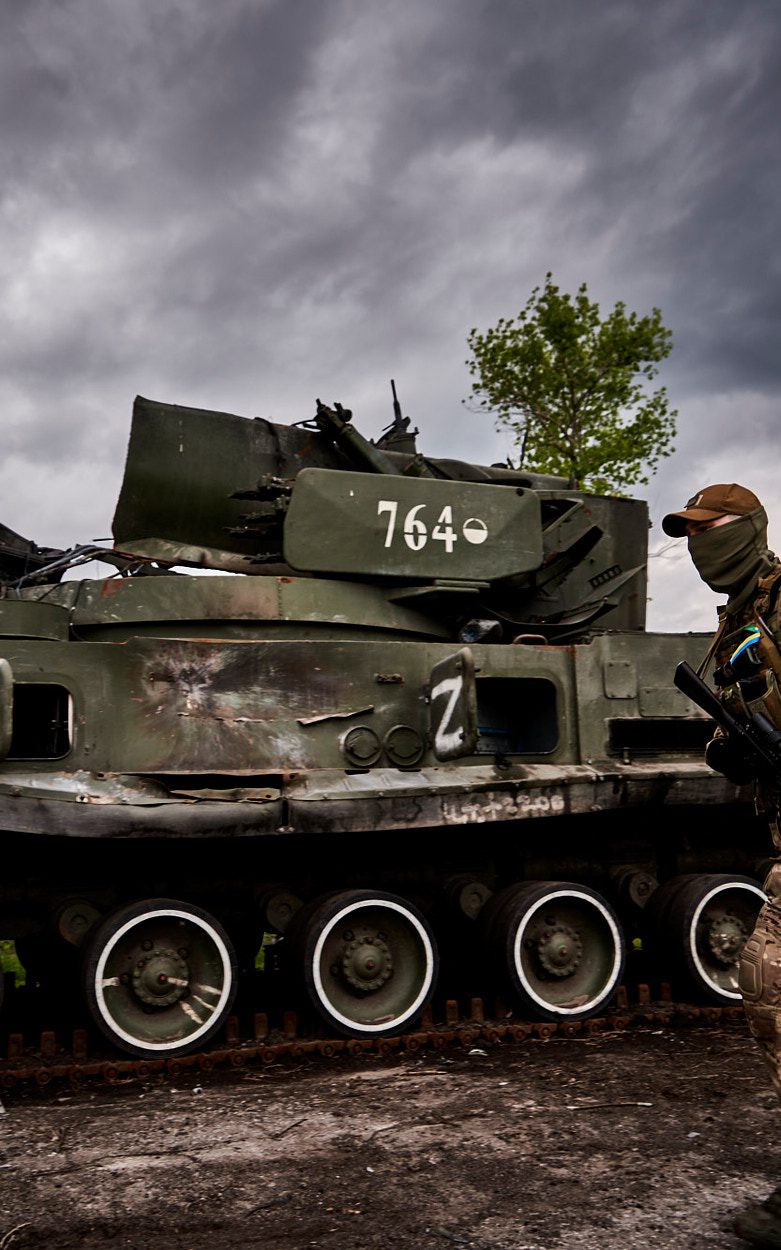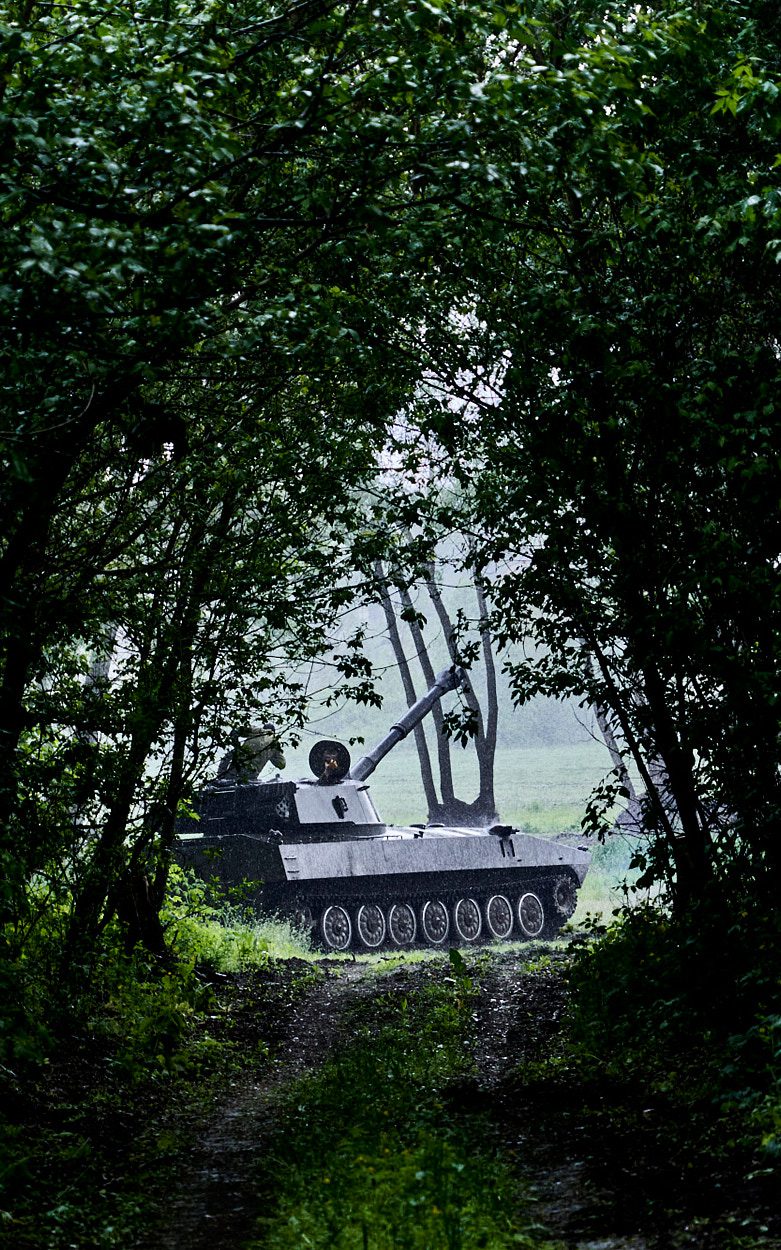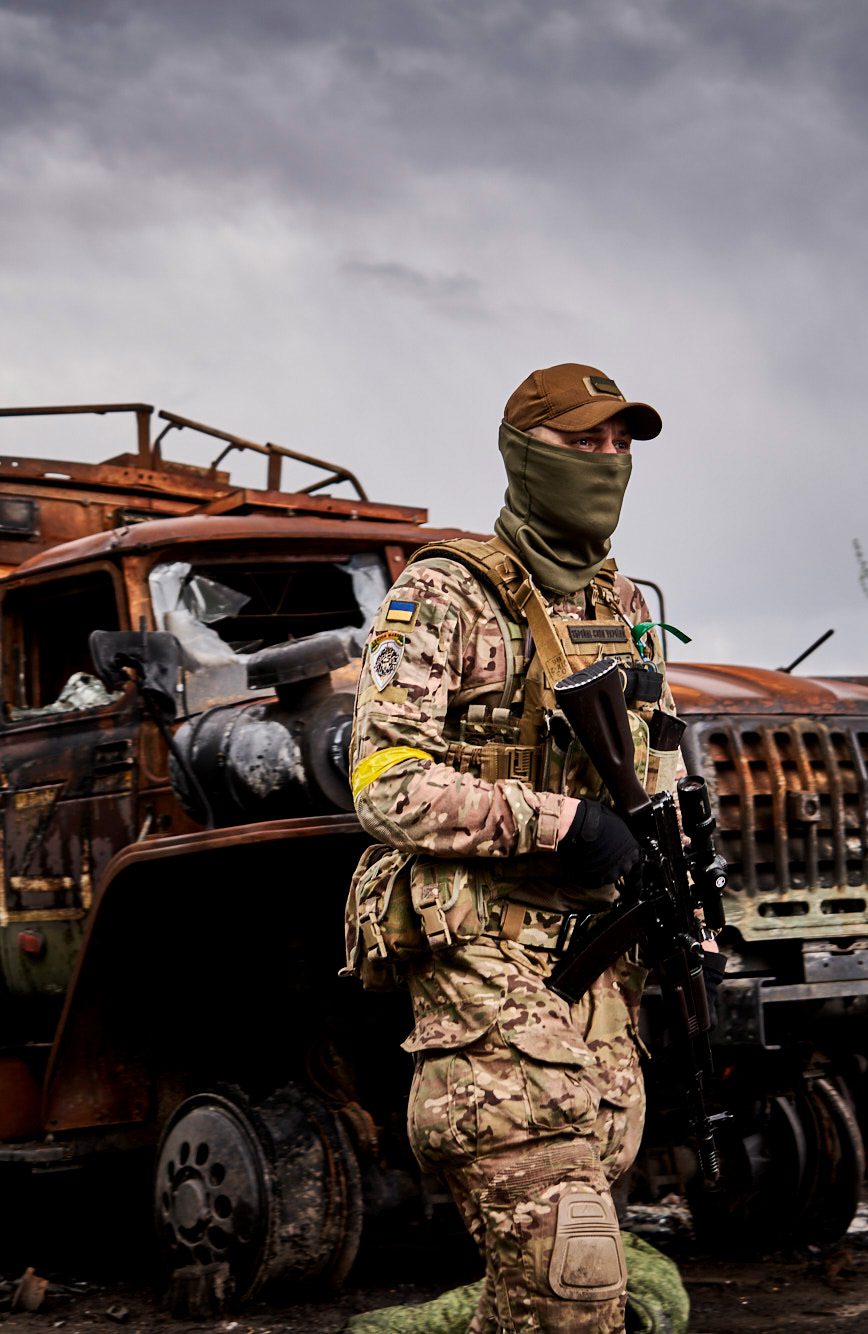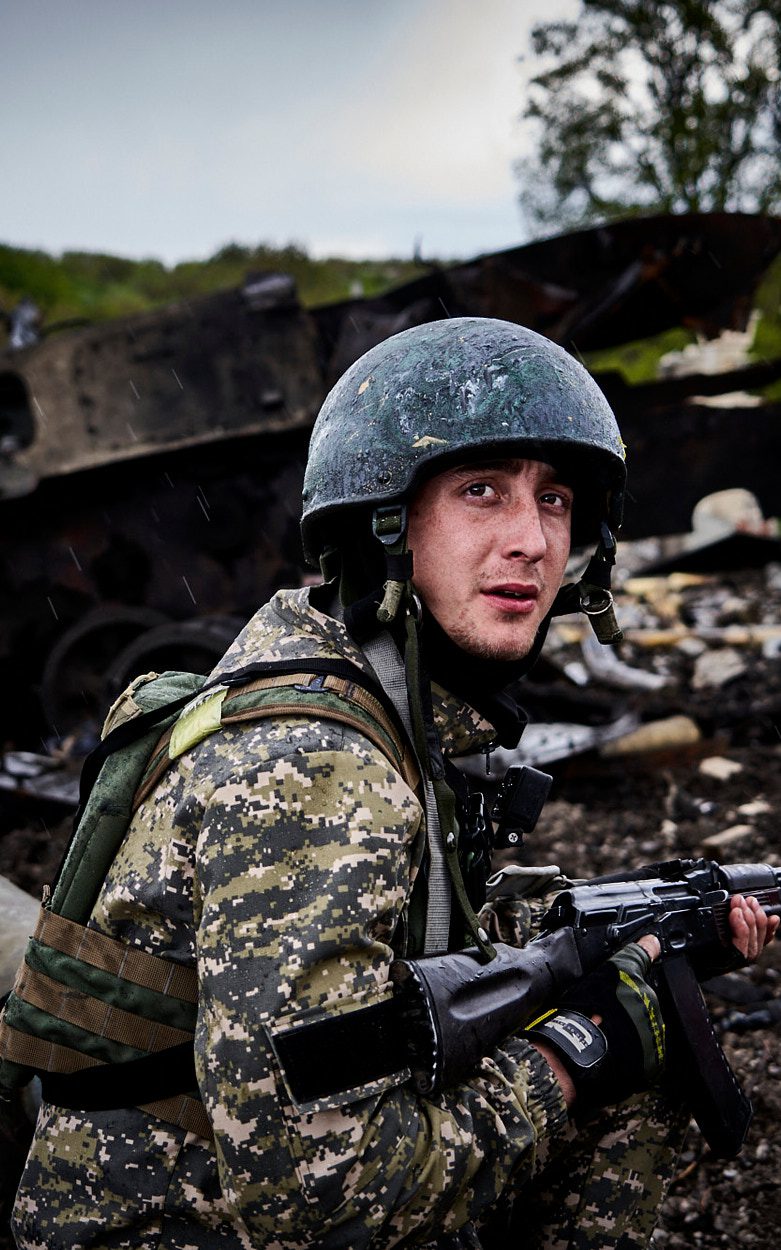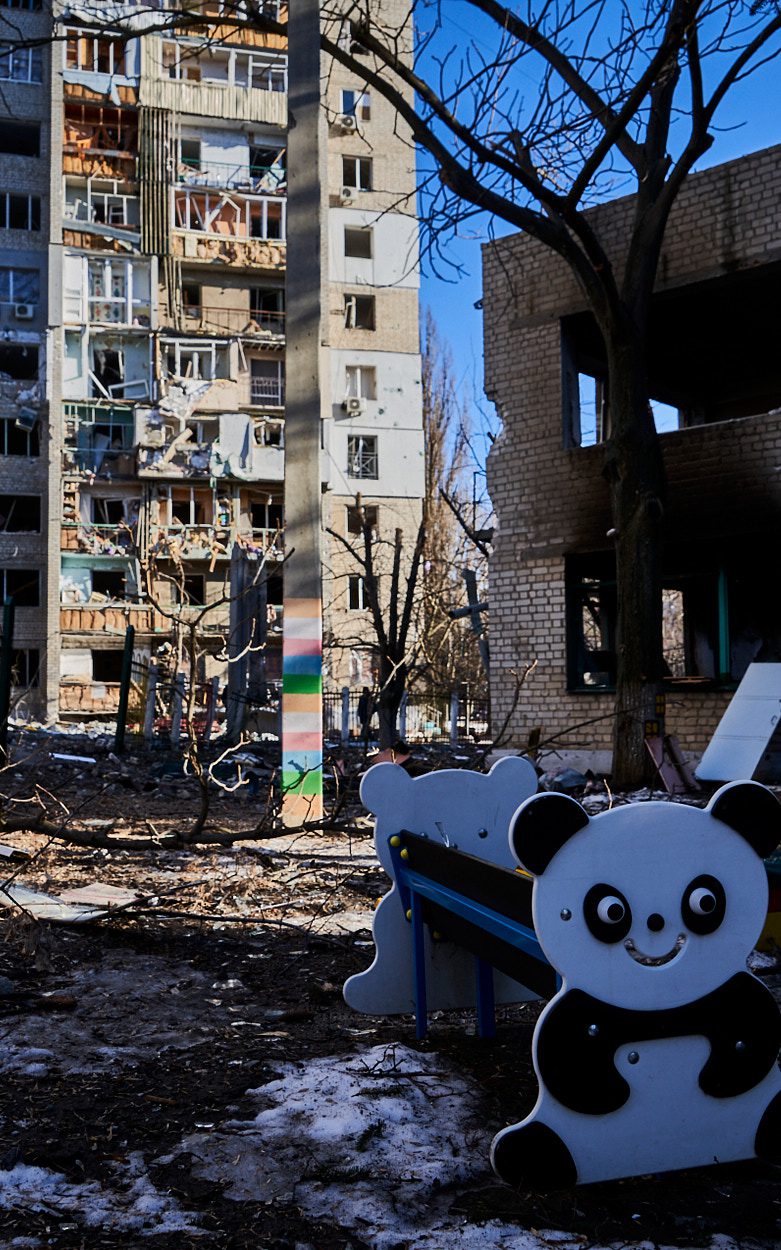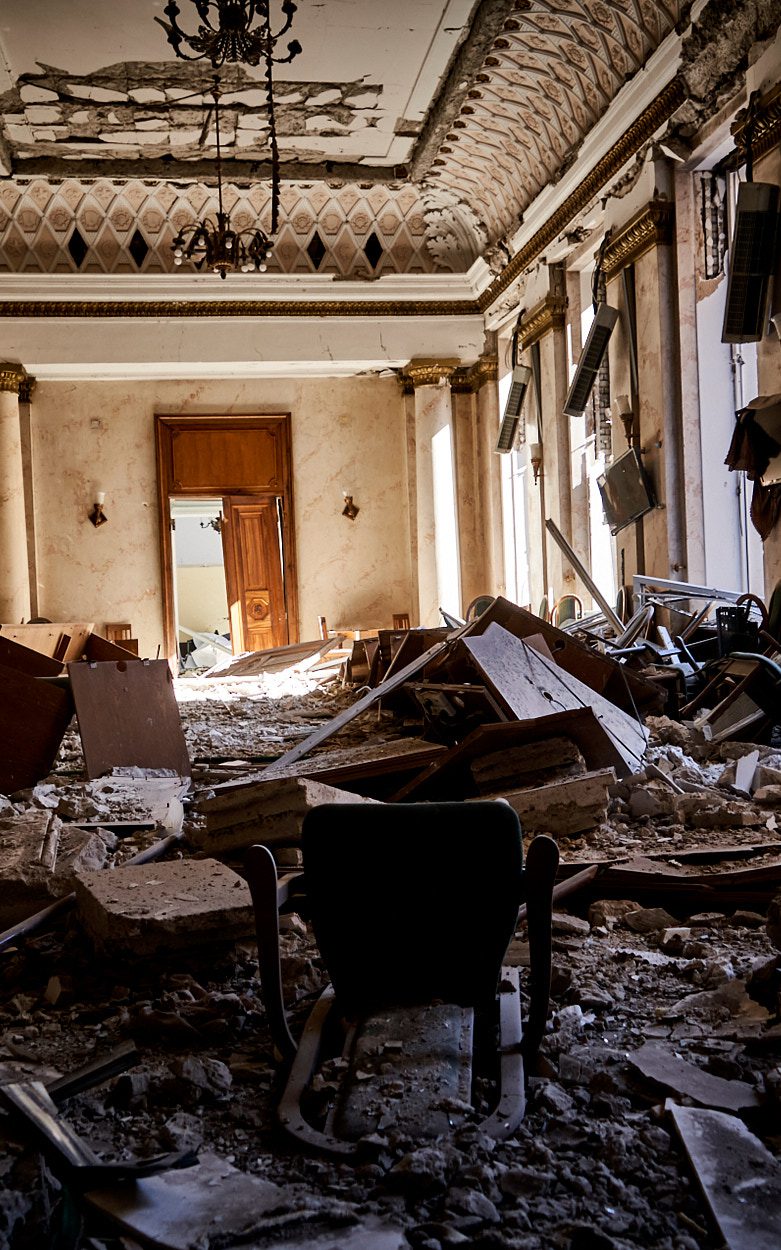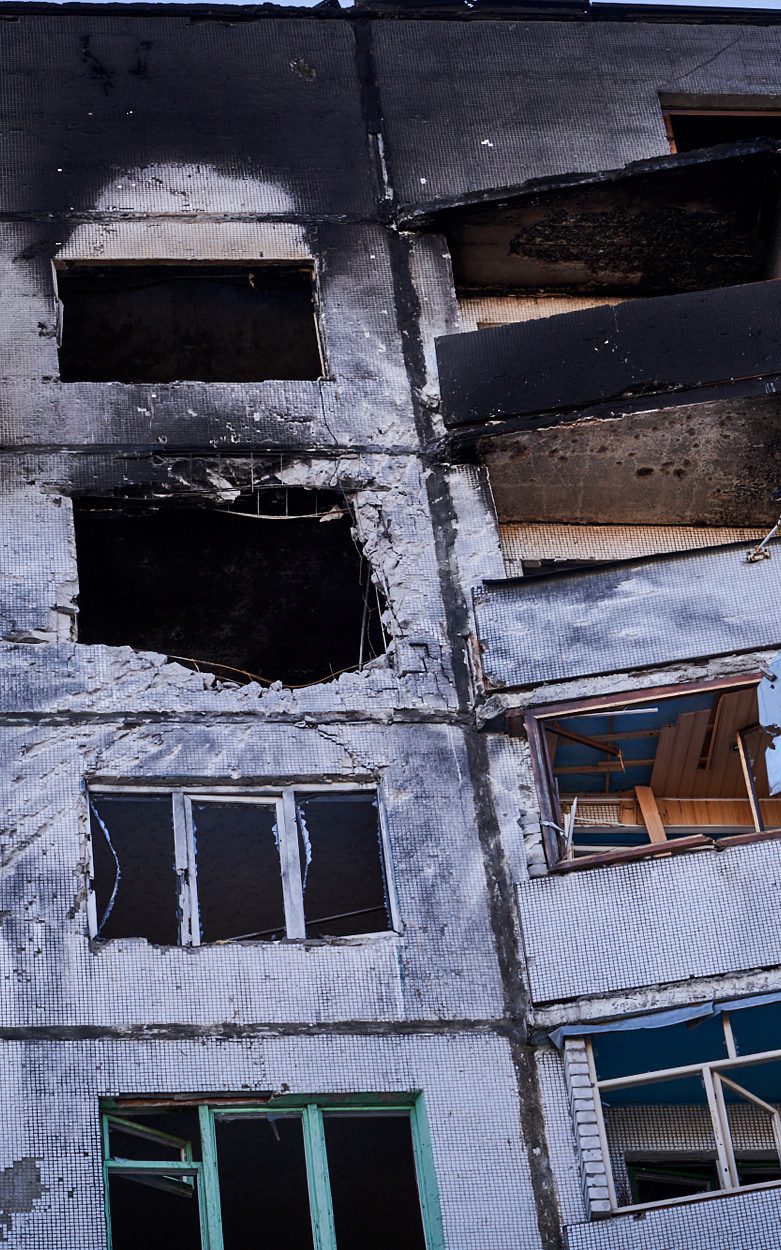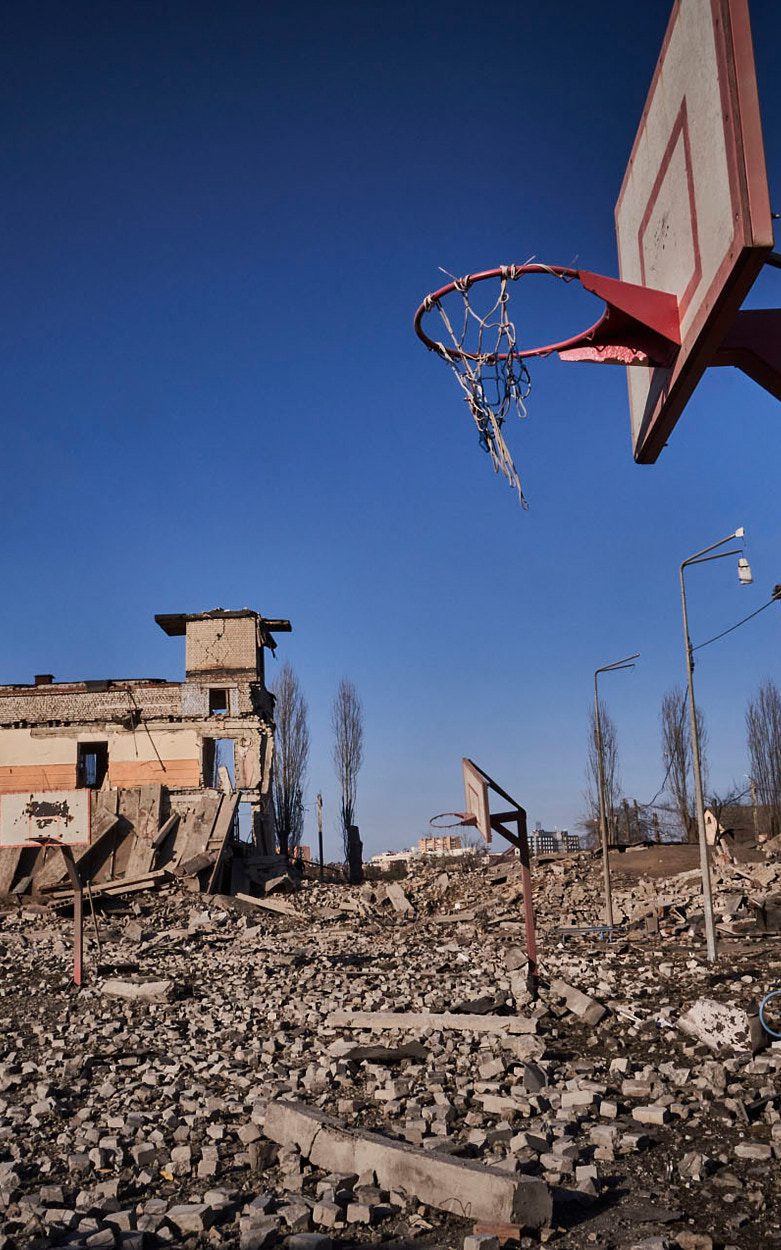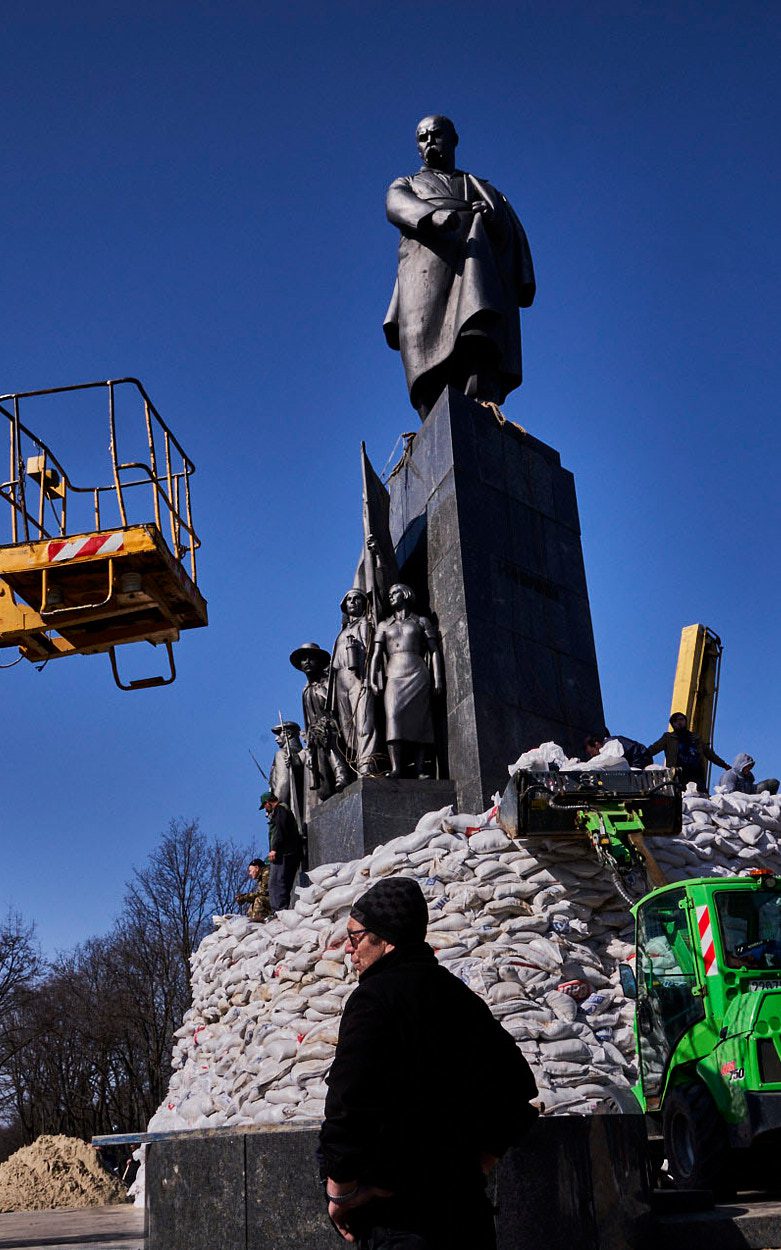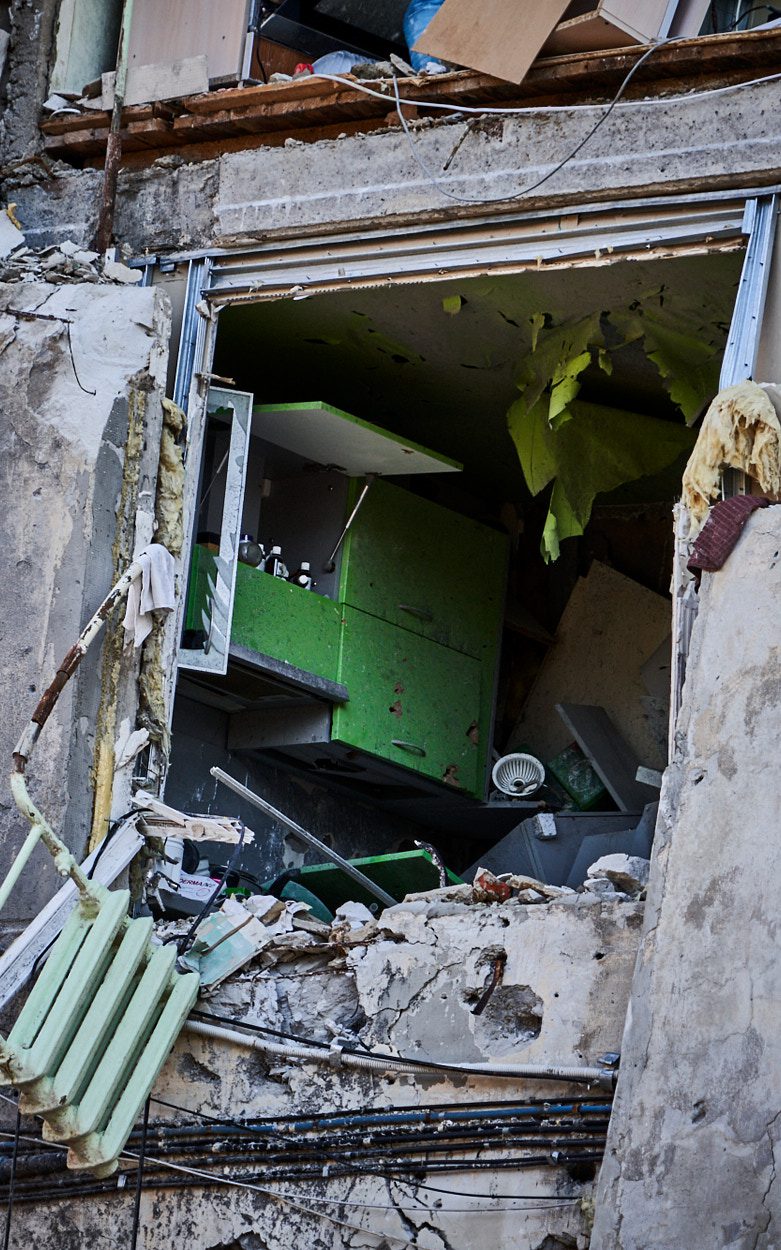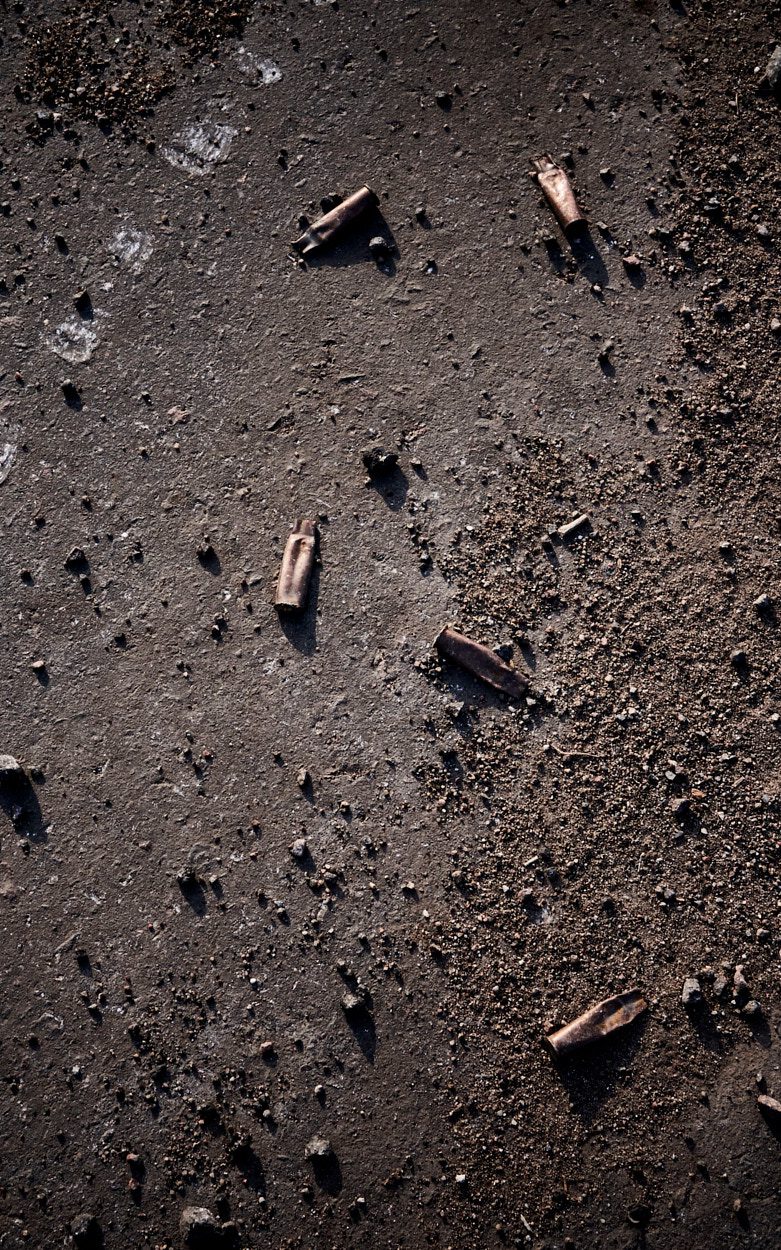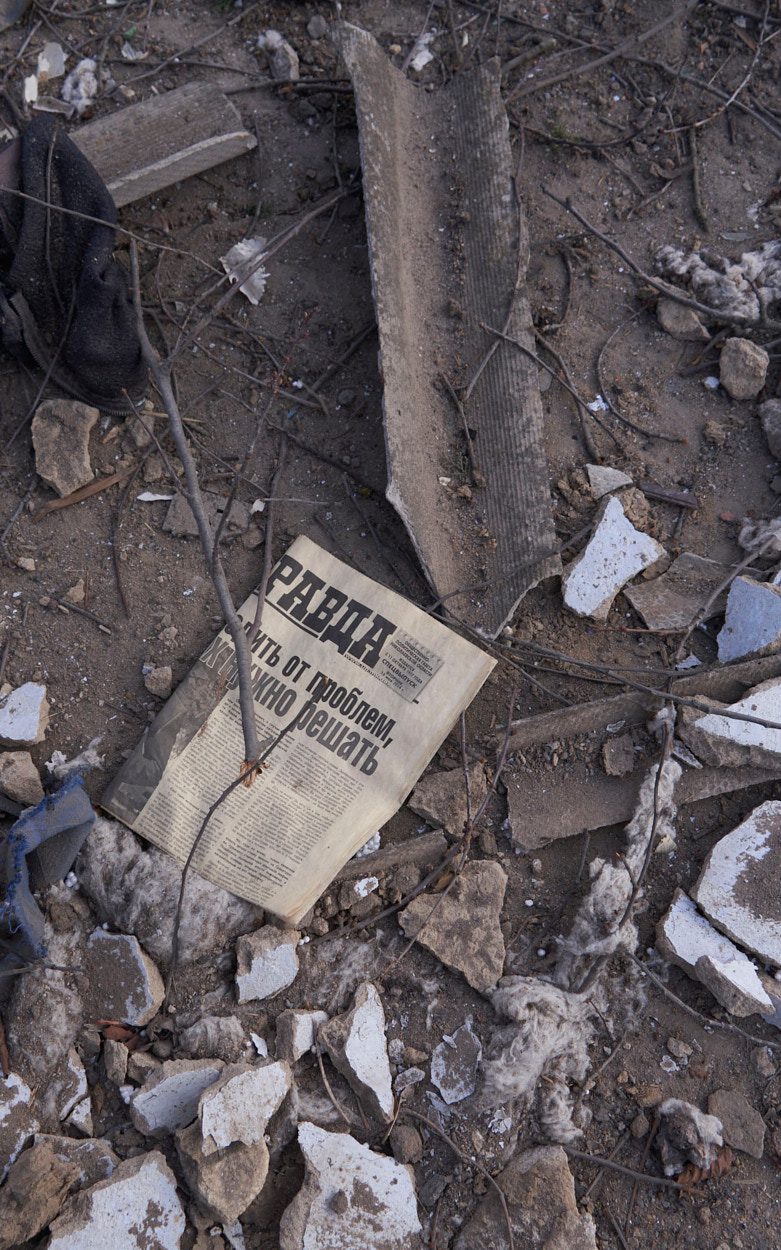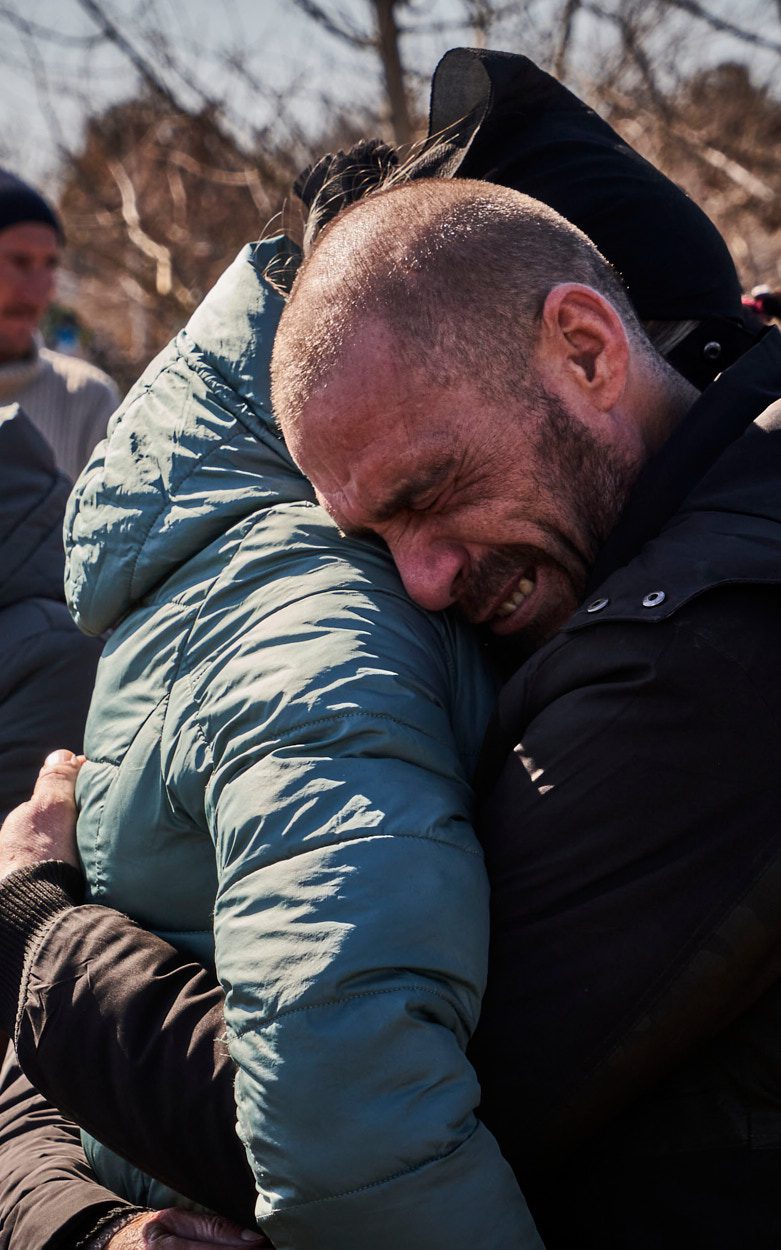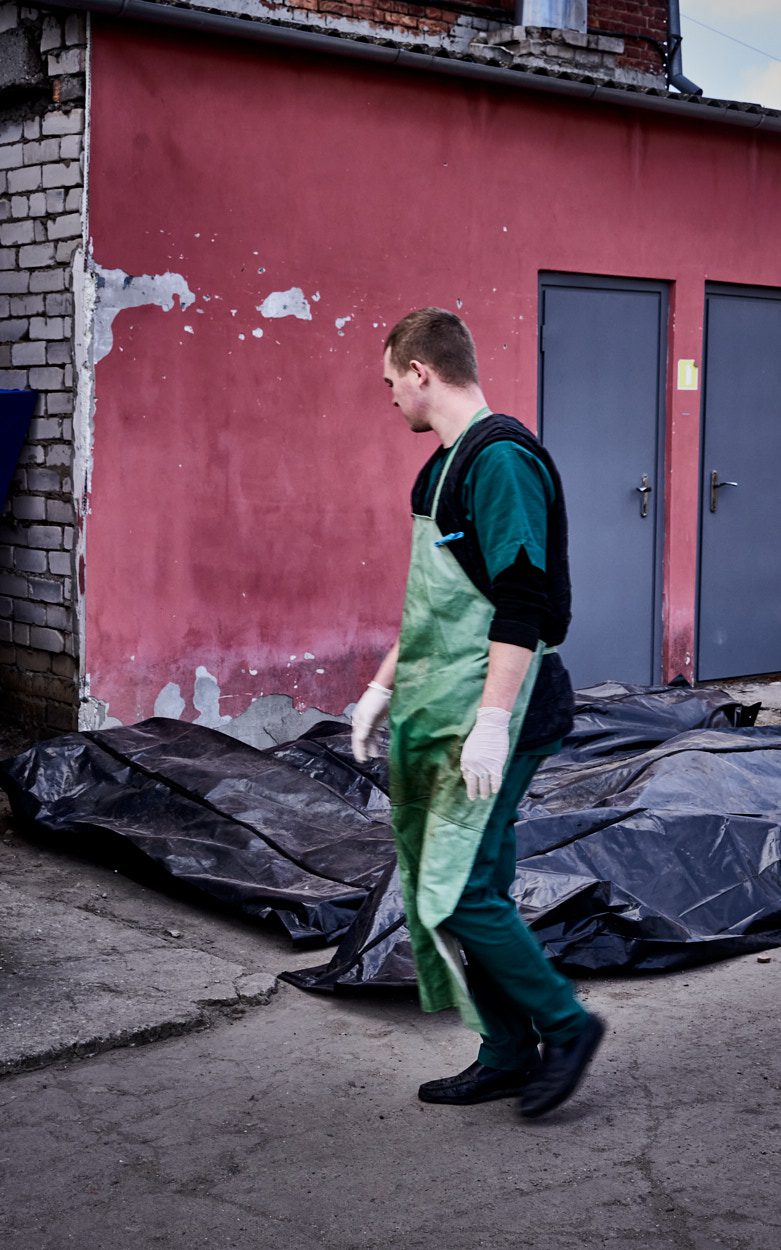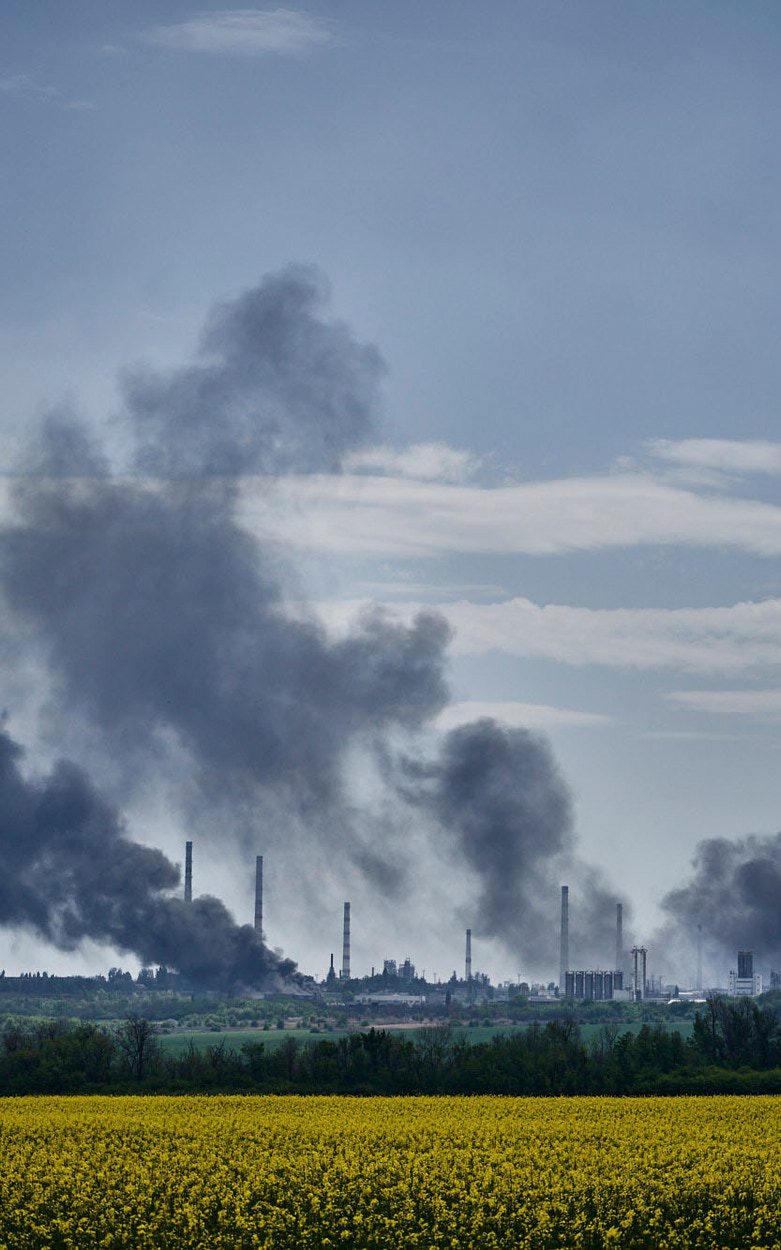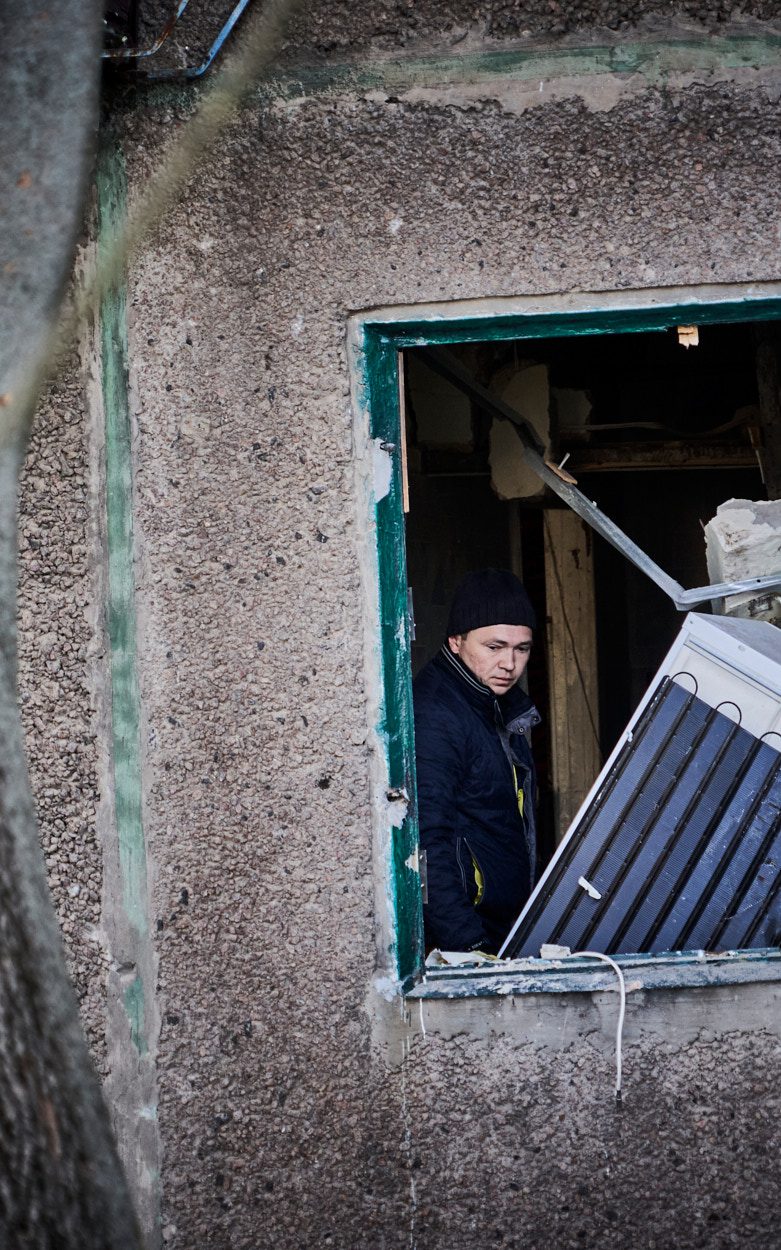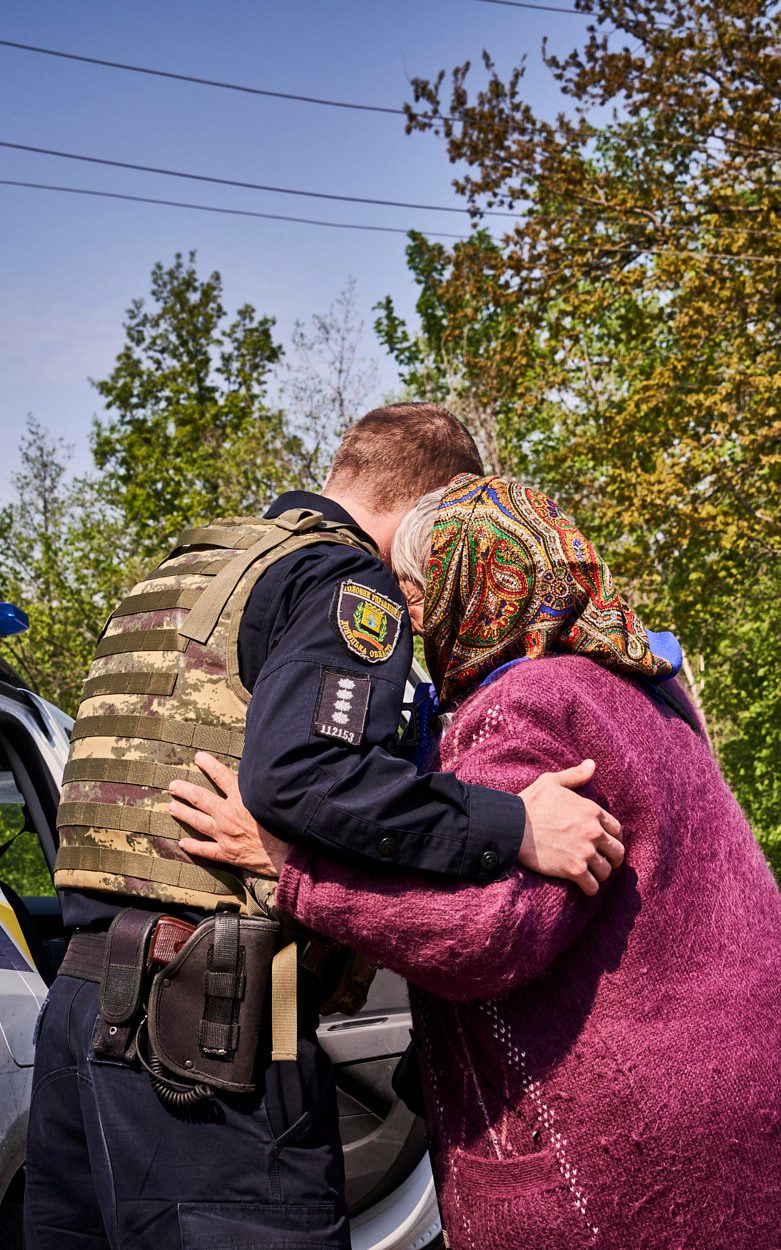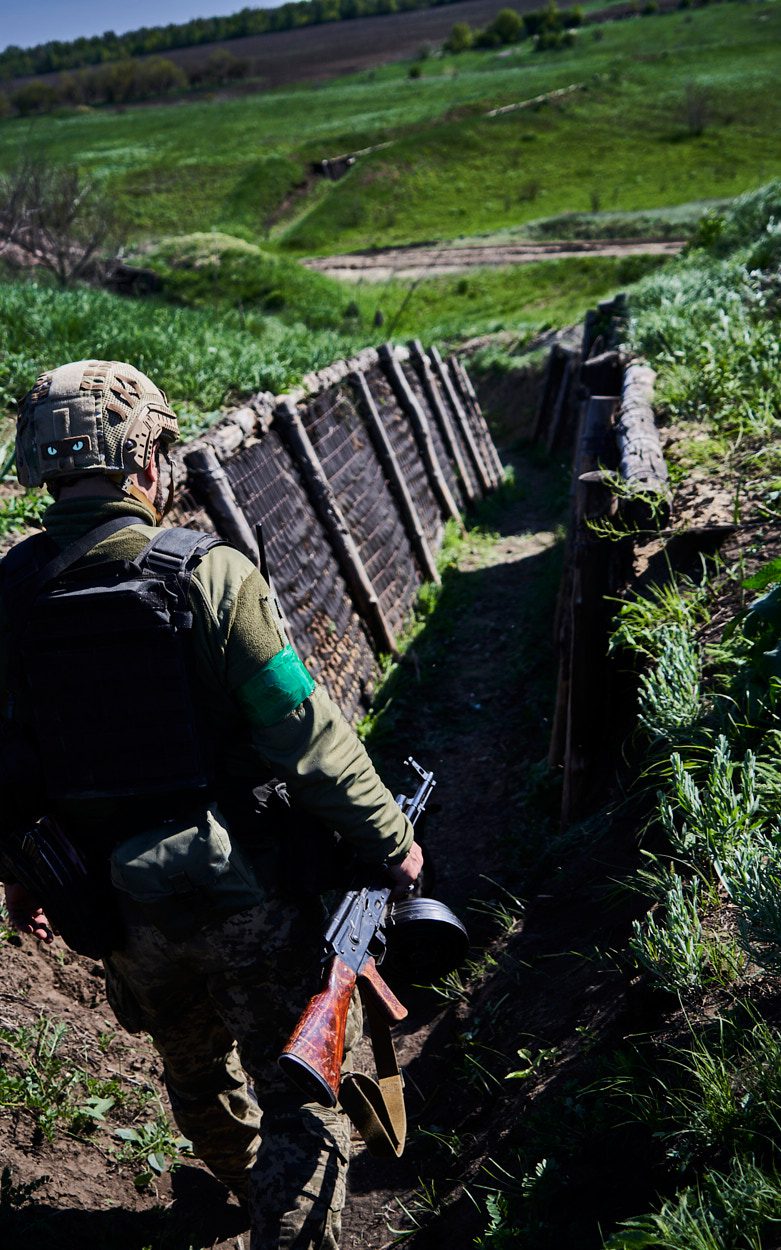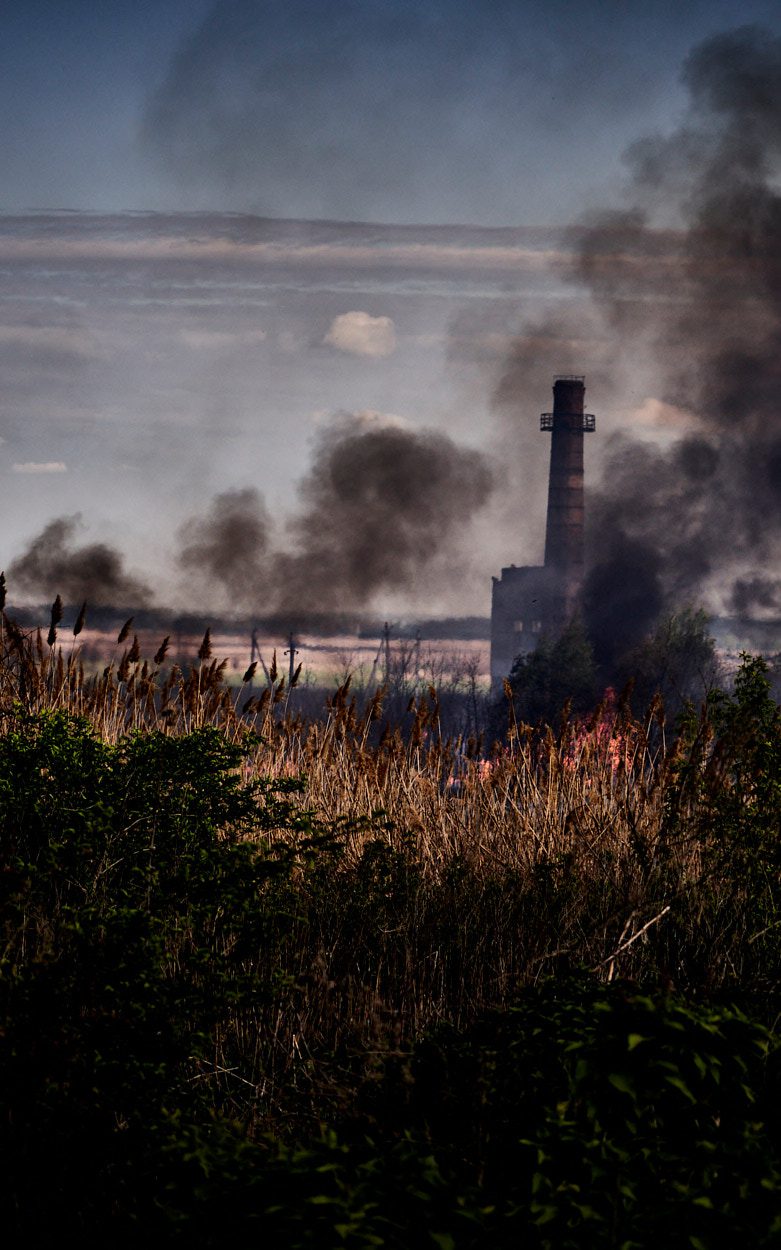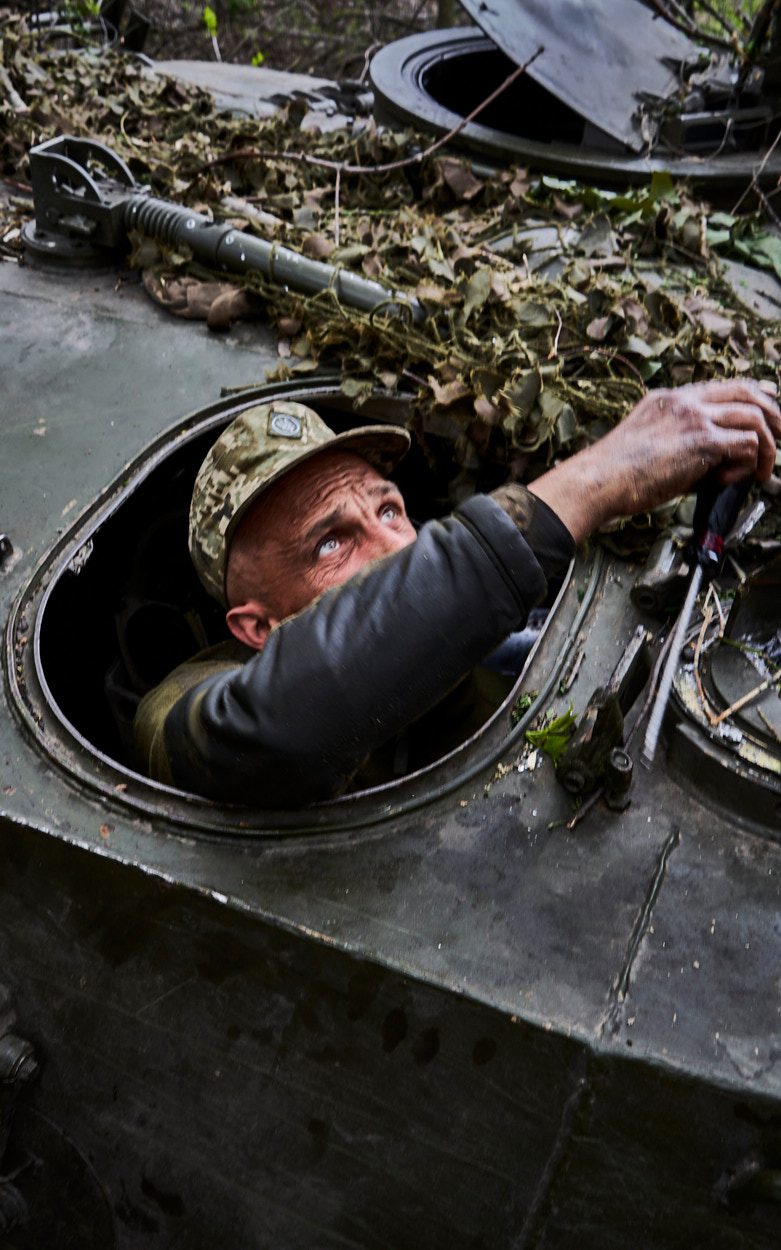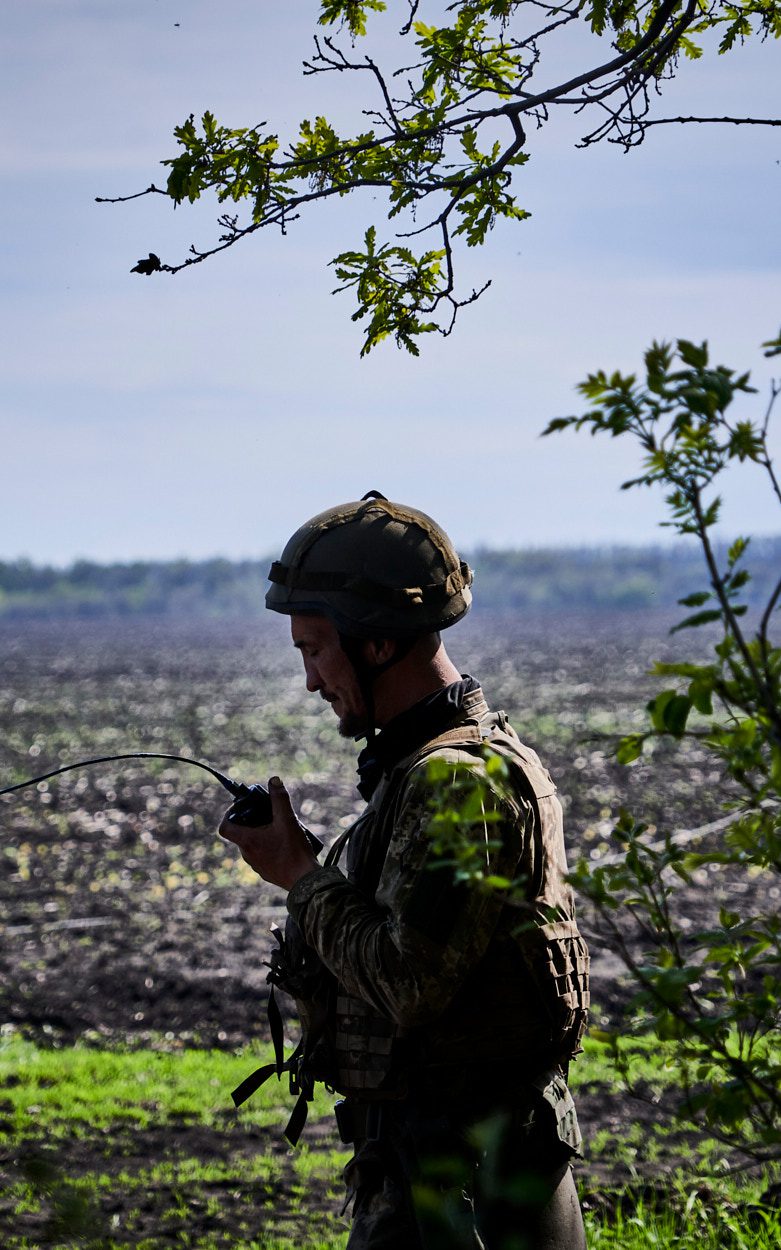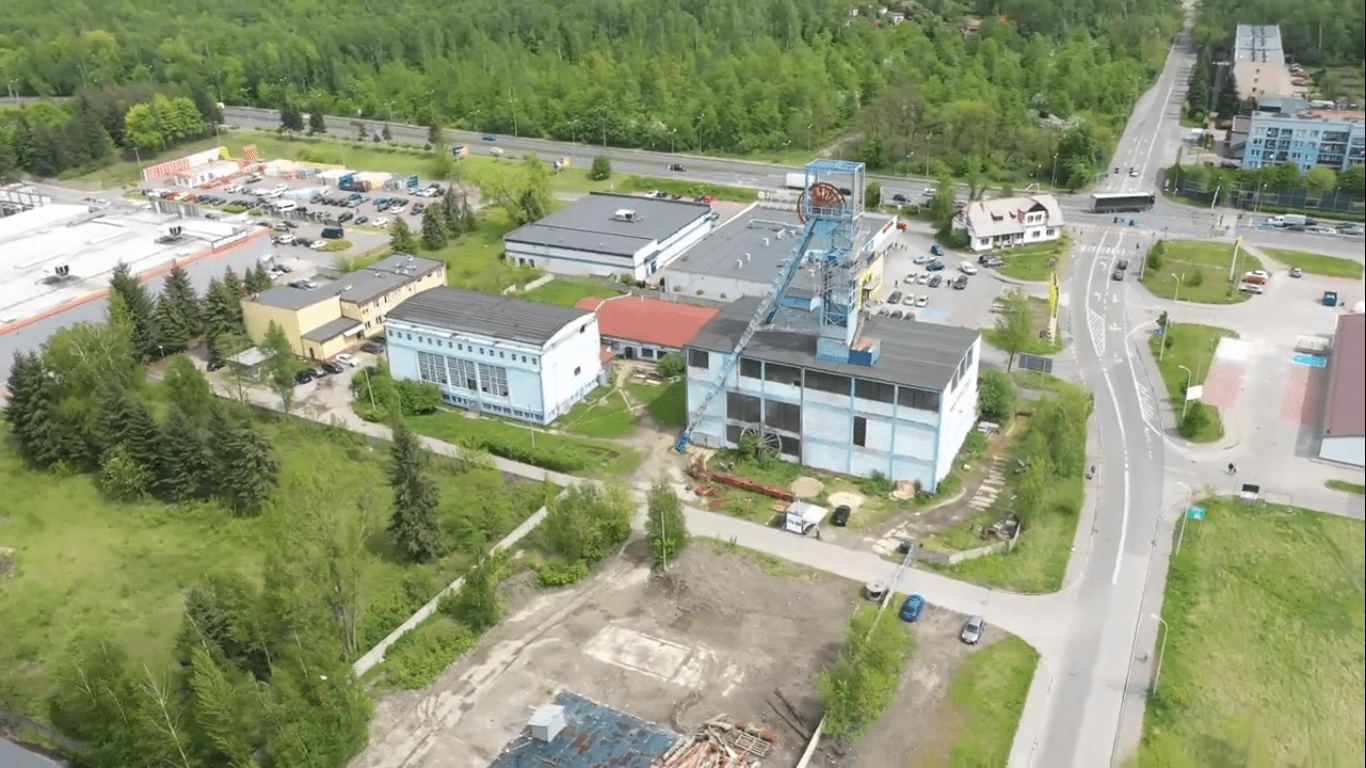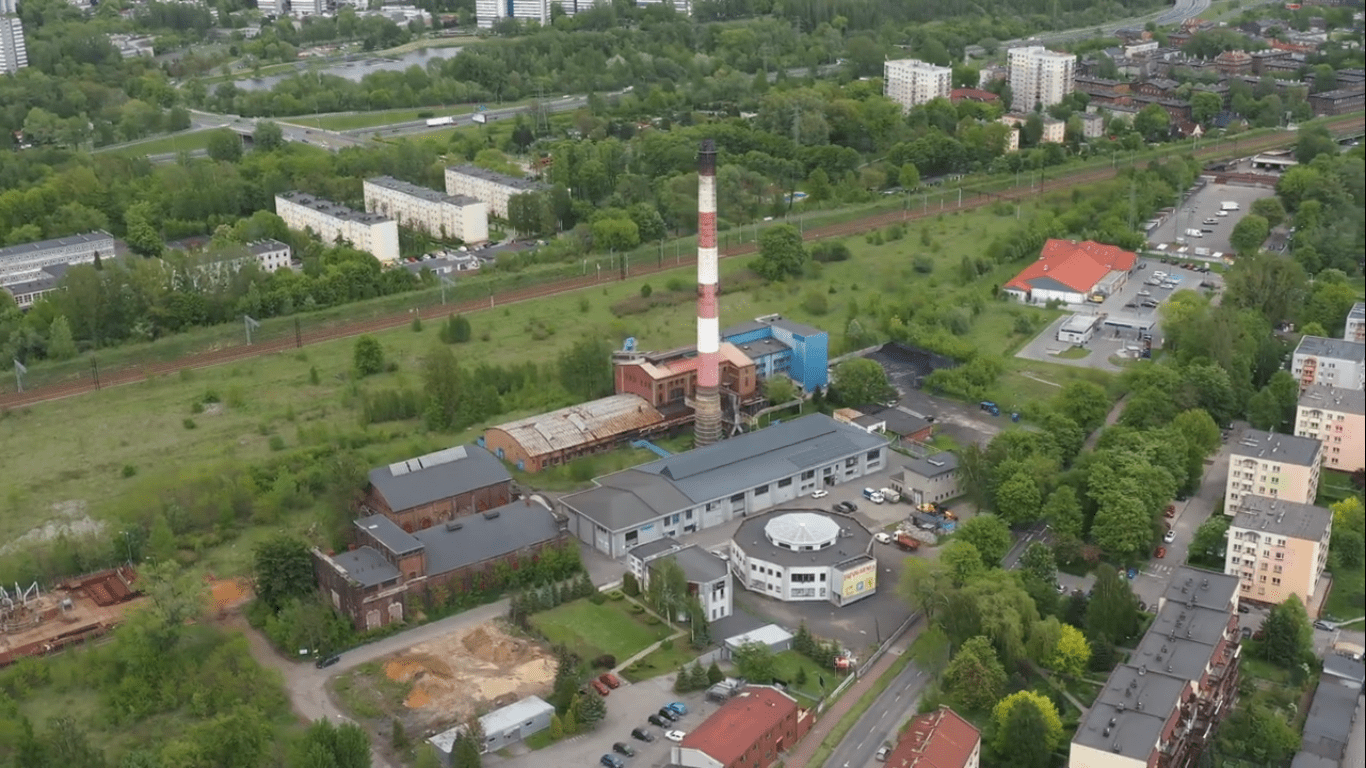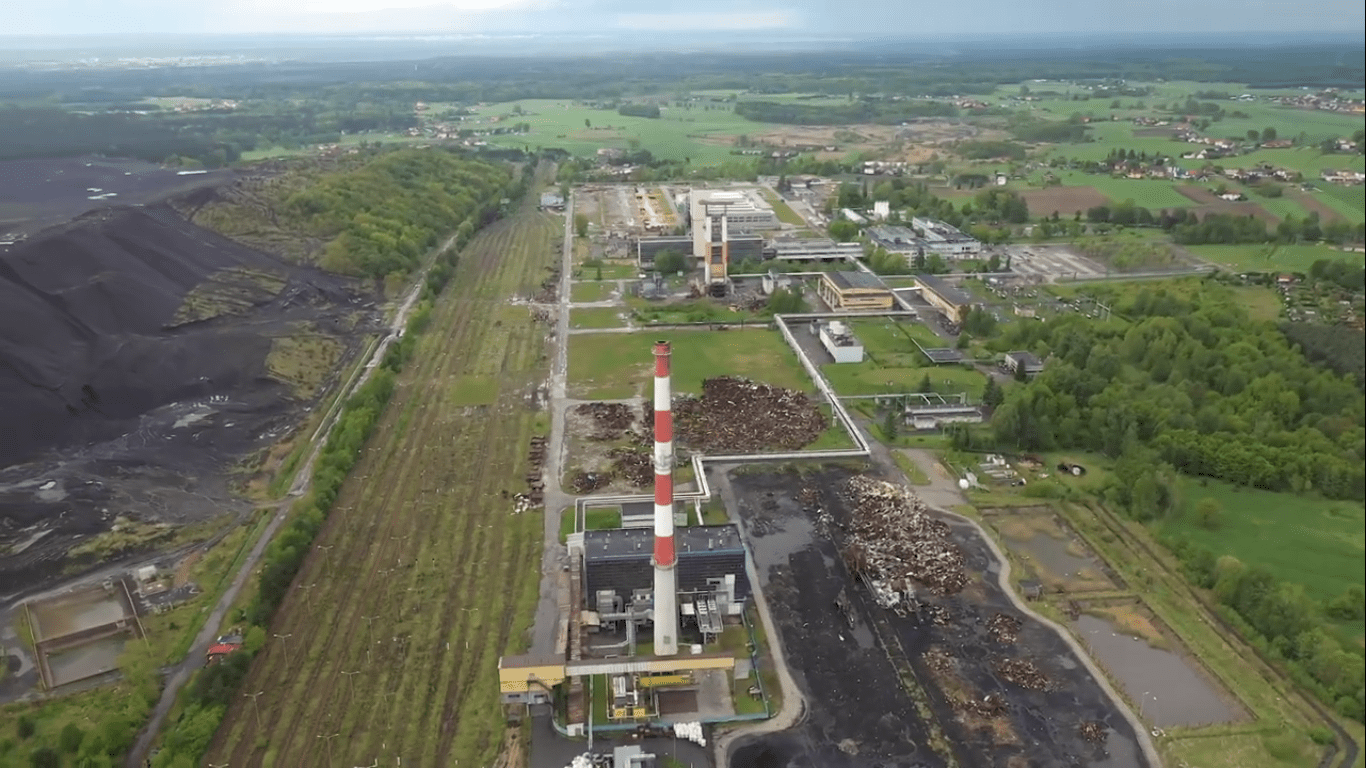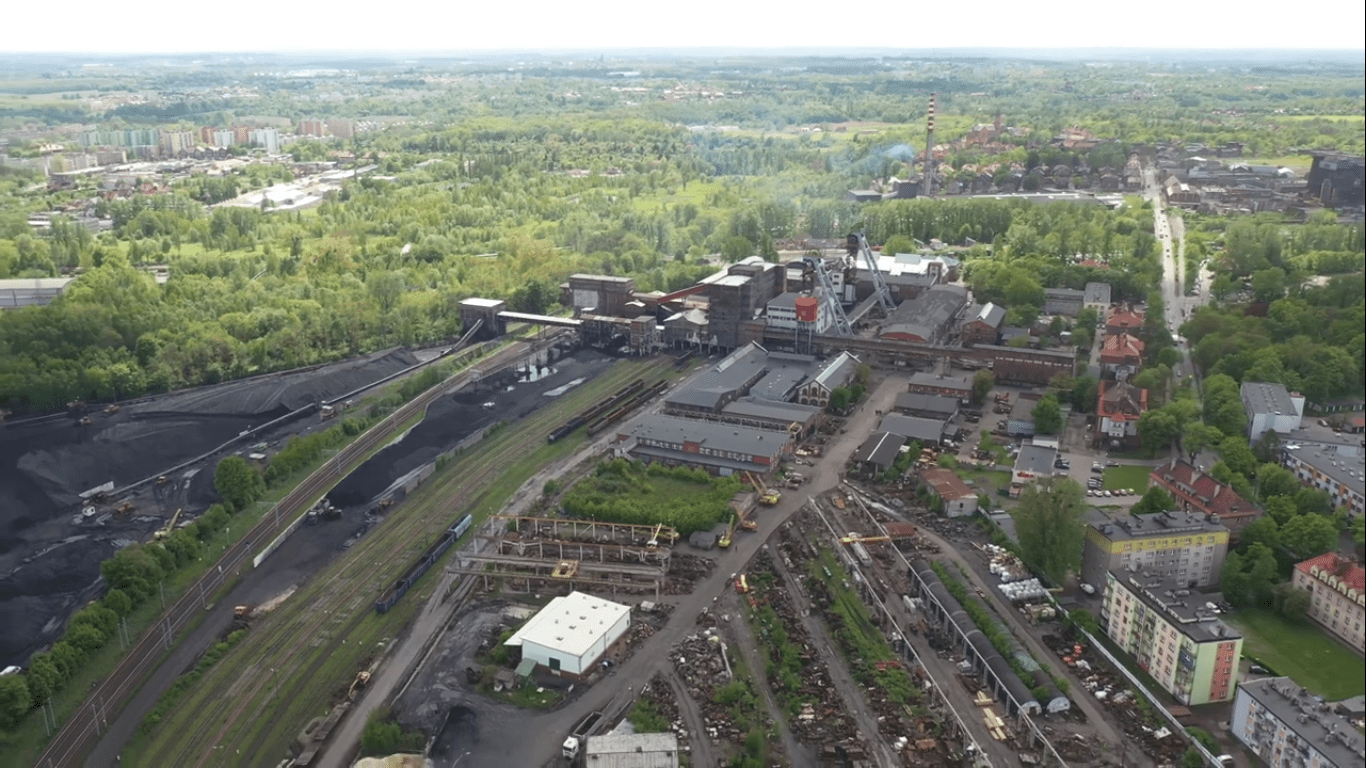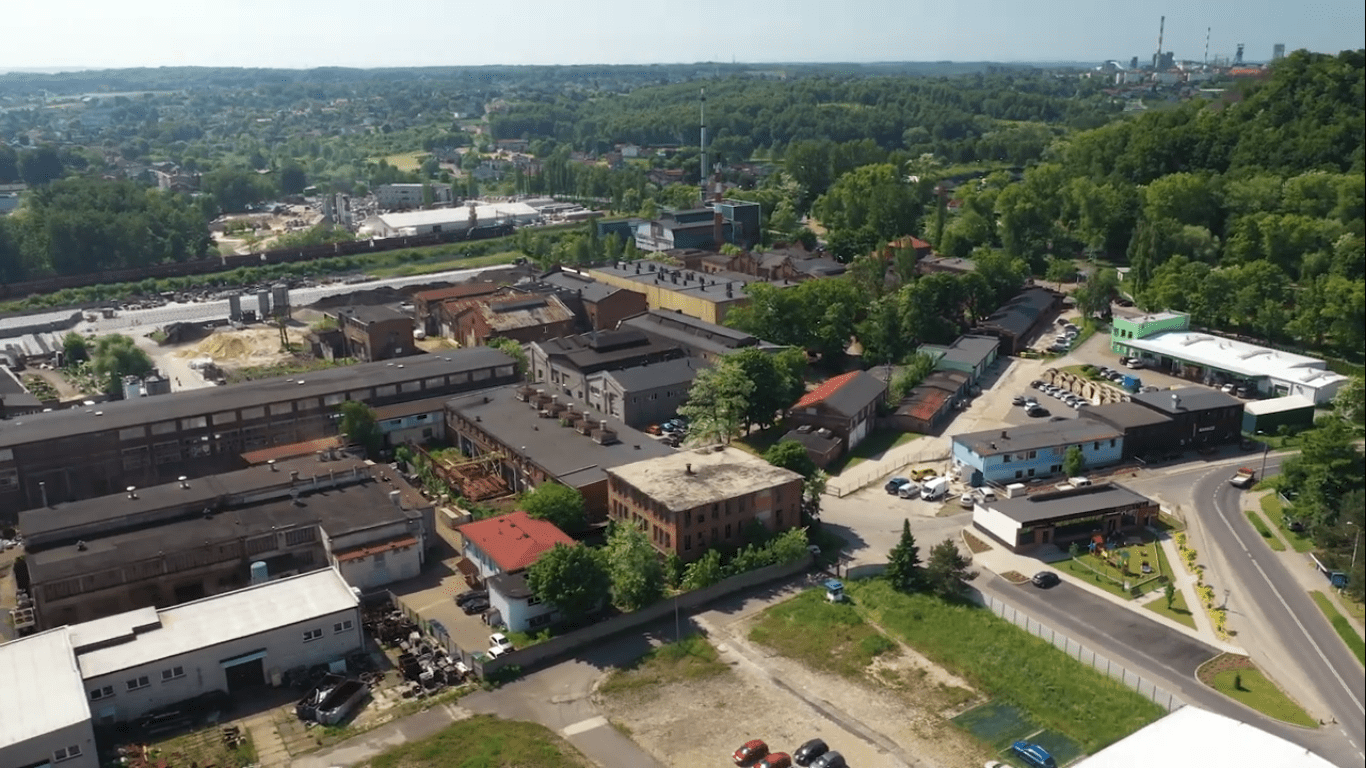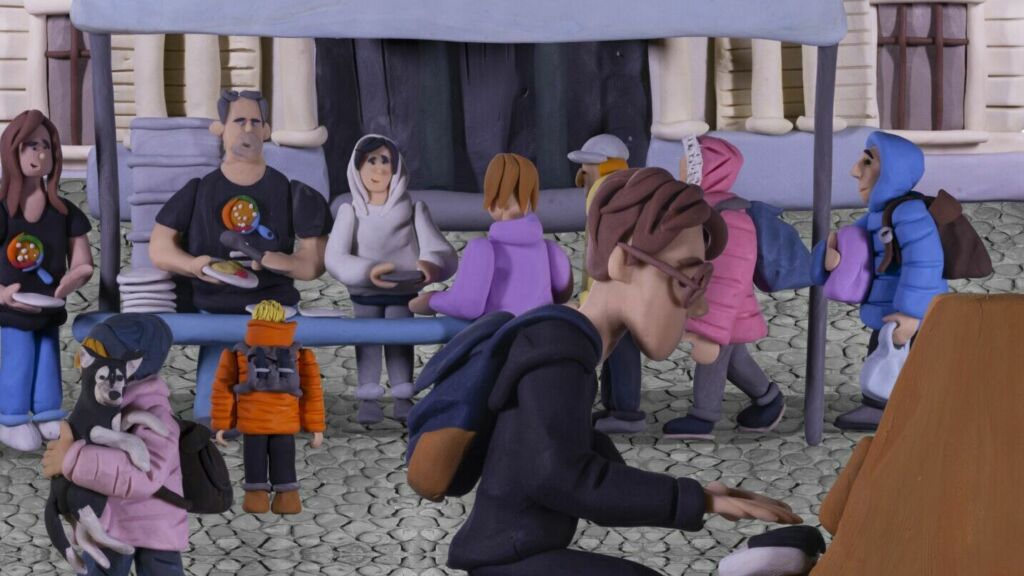
Telegram reality: how the messenger influenced the Belarusian protest
Minsk, August 10, evening time. Several thousand people gathered near Pushkinskaya metro station. Mobile internet has been disconnected for two days already. Residential internet works intermittently, and even VPN does not help. A rumour has begun to spread among the crowd that the security forces had shot a protester. No one has any understanding of what is happening in other parts of the city. Journalists are constantly asked about everything, but they do not know more than anybody else.
Those who can reach the apartment and catch the Wi-fi, then return and broadcast the latest news: clashes are taking place throughout the city, Molotov cocktails are thrown somewhere. The information spreads throughout the crowd, changed many times. Nobody knows where to go and what to do. But the security forces suddenly begin an assault, throwing tear gas and grenades. Residents open the entrance and let the protesters into their apartments. We fall on the floor and hide in the apartment with 17 more people. The first thing we ask is the Wi-fi password, then we check Telegram and only from there we learn a rough picture of what is happening in the city.
the magazine
By clicking „Sign up”, I give permission to receive newsletter Unblock sent by Outriders Sp. not-for-profit Sp. z o.o. and accept rules.
The influence of channels
Initially, Telegram spread in Belarus as a type of messenger popular in Russia. The Telegram channels became an essential part of the political games there – solving corporate conflicts, publishing compromising evidence, rumours, etc.
In Belarus, the state actors virtually did not use the messenger. In a closed country, there were no traditions of having wars using compromising evidence and the public resolutions of different issues. The state vertical is hermetic, public opinion has little weight, and problems can always be solved behind the scenes.
On the other hand, the messenger came to the liking of political bloggers who are critical of the current government. A number of people who did not acknowledge Lukashenko’s power and took a pro-Belarusian position quickly moved into it. The freedom from platform censorship, absence of comments, simplicity and security attracted people. Because of that, the politically active audience initially accumulated there, forcing traditional media to move there as well.
By the beginning of the presidential campaign, the largest channels were Nexta and Belarus Golovnogo Mozga. It was there that videos sent by eyewitnesses, examples of pressure by the authorities on citizens and other critical materials came out the fastest. Traditional media, accustomed to relying on their journalists, did not have time to provide information with the same speed. Since May, there has been a rapid growth in new users of Telegram.
Besides, it was Telegram channels that announced the activities of the opposition politicians. The media could not always do this due to the risk of breaking the law. Given that politicians’ channels of communication were less popular, bloggers became a political force. The number of people who could come to the rally depended on whether or not a significant blogger posted the proper announcement.
Since August, the channels began to post announcements of protest rallies – most often it was an approximate gathering point, exact time, or the ways to go to the final point. And these routes were followed by both ordinary citizens and opposition politicians. The authorities immediately accused the bloggers of organizing the protests. The administrator of the Belarus Golovnogo Mozga (the nickname Kastus) denies these accusations. In his opinion, the initiative came from people, and only afterwards, bloggers, as an answer to the demand, offered a way out for the protest energy.
“When announcing the appearance of people on the streets on August 9, we tried, paradoxically, to secure those who would come out without our call. People would have come out anyway. It’s just that there would be fewer of them, and they would have been less prepared (remember that we even offered people instructions on how to reduce the danger during such rallies). None of us wanted the blood to be shed or any deaths”, he says.
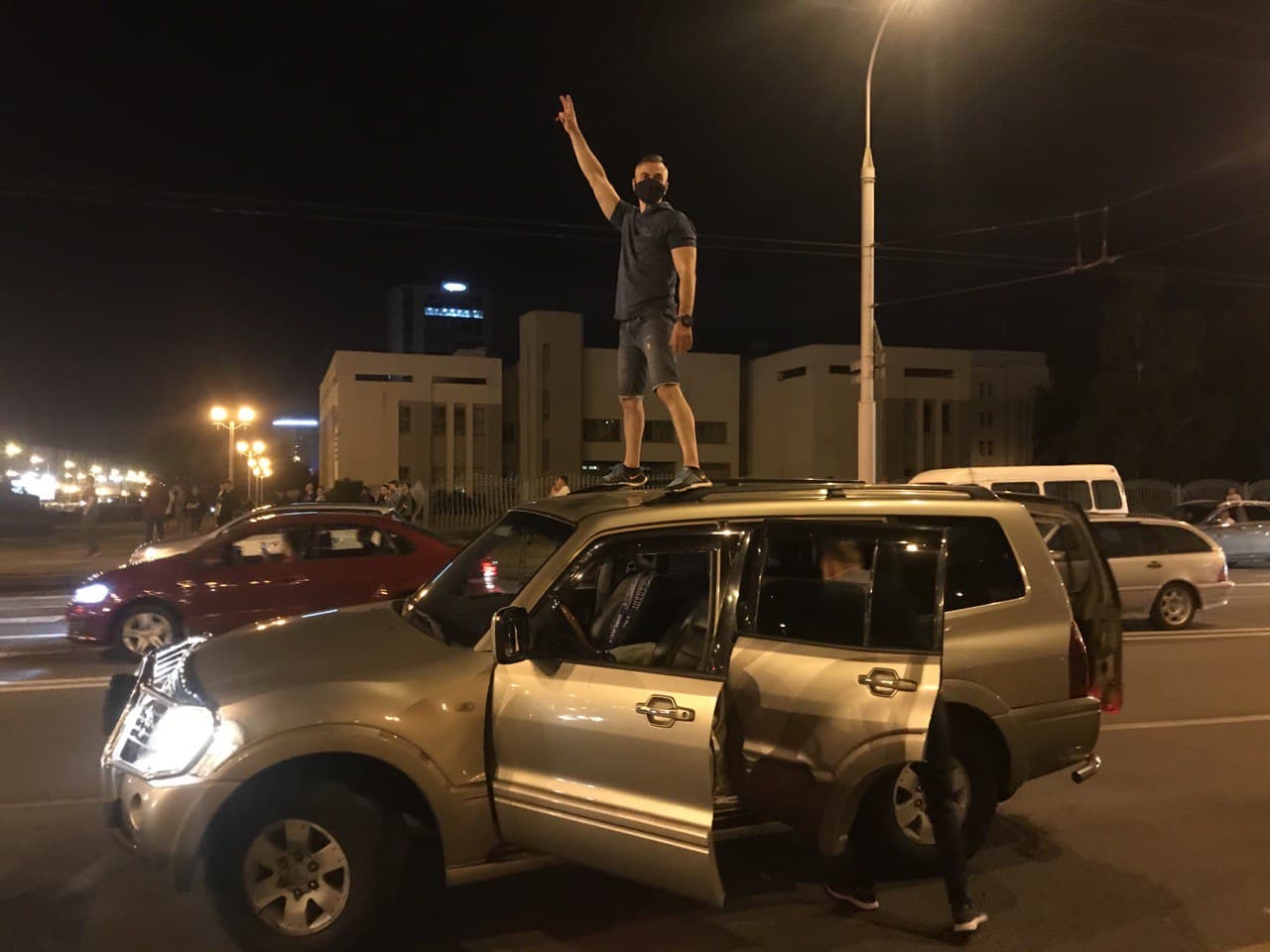
NOTE. Belarus Golovnogo Mozga is the second-largest Telegram-channel in Belarus. Over the summer, the channel has almost tripled – from 170 thousand to 450 thousand subscribers. After the decline in interest, there are now 369 thousand subscribers there. Its founder and administrator Igor Losik covered the protests at the beginning of the summer and initiated a large number of online flash mobs. The most known is “Pagony_pobach”, where current and former officers sent photos of their uniforms with inscriptions to the president. https://t.me/belamova/6451 Shortly after its launch on June 25, Losik was arrested on charges of preparing riots. He has been replaced by several other admins who hide their names.
Some decisions were made during a small chat between the administrators of the largest channels. According to Kastus, the association was created to exchange views, experiences and content. And only then, with his help, they kept a single agenda. The blogger doesn’t think they were playing the role of a puppeteer or conductor.
“We connect people and those like-minded; we offer a point for the movement. We let people know that their friends and neighbours will be there and that they can also come there. While not understanding the situation well, we tried to manage the marches and to say where to go during the rally, but we quickly realized that it doesn’t work; if it doesn’t correspond to their mood, people will not go,” Kastus says.
As an example, he mentions a case when a call was launched to go to the streets at 6 pm. But people didn’t come out because it didn’t meet their interests.
“We cannot manipulate people,” he adds. “When up to half a million people came out on our call-in August, it turned our heads. I felt responsible that every message could influence the outcome of events. Now it is felt less, people began to feel differently, and we are more realistic.”
In his opinion, Telegram played the role of a catalyst for the protests rather than their organizer.
“It was not artificial stimulation; it was an objective reflection of the facts without self-censorship, or censorship by the authorities, without the threat of blocking. By August 9, people were on edge and very angry. They understood that they had been deceived.”
The authorities initially did not know how to respond to such a challenge. It is difficult to block the messenger; it is also challenging to reach the administrators, who are abroad. As a result, they began to disconnect the mobile Internet during the days of the rallies. Firstly, all over the country, and later only in Minsk. Now it is practically not blocked, because the number of marchers has noticeably decreased due to the brutality of the security forces.
In recent weeks, the marches have been held in a decentralized manner. People have gathered in small columns of several tens to hundreds of people and at the same time in dozens of places throughout the city. During the last rally, the Telegram channels did not even announce the collection points, relying on the self-organization of people. All responsibility fell on the courtyards movement.
The power of courtyards
Same as in most of the post-Soviet countries, in Belarus horizontal ties were poorly developed, and people treated each other with distrust. Neighbours living on the same floor might not know each other’s names, and any joint activities were sporadic. In new buildings, residents created chats for their buildings and entrances, but they concerned purely communal issues. But everything has changed since the inception of the courtyard movement in September this year.
Based on courtyard chats in Telegram, local communities were formed, relying only on their strength. That led to a surge in activity: Belarusians, who had previously been wary of each other, began to hold tea drinking in courtyards, organize concerts, and decorate yards. It was not without politics, citizens scattered leaflets in mailboxes, hung symbols, painted protest graffiti and went to protest marches together. New urban folklore emerged – Peremen Square, the Cascade residential complex, and the white-red-white Dragon in Uruchye.
One of the initiators of this process was blogger Anton Motolko, who assembled a team of enthusiasts and created a dze.chat map, where all existing chats were plotted. At the moment there are more than 800 of them.

“It was clear that people want to unite, either according to interests or on a territorial basis. A thought came up, how will people know if there is a chat in their area, and where to look for it at all. We announced the collection of all the chats into a table and then mapped it,” Anton says.
He notes that earlier there were attempts of similar initiatives, but they did not have such a trigger as now, when the events of 9-11 August united people. “It helped to scale up the processes. People were able to unite in any territory. They saw how other courtyards do it, and then they created it themselves. And it all depended on how much people were interested.”
An ordinary dormitory quarter, not far from the centre of Minsk. Between the high-rise buildings, there is a gazebo; an awning is stretched over it, garlands are hanging. The famous Belarusian rock musician Lyavon Volsky is standing under the tent. About 50 people are listening and singing along with him; many came with children and pets. In the gazebo, you can find a cake with white-red-white icing and tea.
As local activists say, few people came this time due to the bad weather. And their activities are not limited to parties and concerts.
“Most of our activities are not political at all. We have Spanish courses; we have a group dealing with psychologists, we organize a free market, we help those in difficult situations, we have our newspaper,” they say.
The idyllic picture is spoiled by anxious anticipation – a riot police minibus has parked in the neighbouring courtyard. And the area is patrolled by reinforced groups of police with vigilantes. That is how the authorities are trying to clean up disobedience from every possible area. Sometimes the cleansing takes place in the literal sense – groups of people in masks come to the courtyards. Under the disguise of security officials, they cut ribbons, flags and spoil graffiti. Residents come out in their defence, and then it comes to tragedies. During a similar episode in November, activist Roman Bondarenko tragically died.
There is a fierce struggle in the network as well. Intelligence agencies create special Telegram-channels where they post lists of deactivated chat participants. Administrators are mainly hunted down, they are trying with all their might to figure out, arrest, and take control of the opposition channel or chat and use them for provocations. As a result, many administrators of courtyard chats were forced to leave Belarus. Oksana (the name is changed), who ran a chat for more than 1000 people, was among those leaving.
She had decided to create a chat because she was jealous of watching other areas unite and go to marches together. And she had no one to go to the rallies with because her friends live far away.
“I just created a chat, made an ad with a QR code, and wrote, “I’m your neighbour, let’s be friends”. And just in those days, Motolko created his map, and we added ours. On the first day, about 100 people joined the chat, 45 people came to the first meeting. And then these guys and I pasted ads. In total, more than 1200 people joined the chat, which is 15-20% of the residents of the entire district.”
Oksana admits that at first, she was very careless – she used a nickname by which it was easy to find her, and she gave her contacts to the strangers. Besides, they created a private chat, which could only be accessed through the QR code, and the code was shown at the meeting. So it turned out there were two chats, one open on the map, and one closed. After the security forces started hunting down the administrators and participants of the chats, the main chat also had to be hidden from public access and removed from the map. It is now possible to get into it upon request to the feedback bot. Also, there were several admins, so that the arrest of one person would not break the entire structure.
“I understood that the responsibility should be distributed, even if we did not do anything illegal. Hanging garlands or ribbons are basic things. Then it became tougher, but we have already had the backbone. Over time, it turned out that different areas of responsibility and a horizontal structure were built, and even my arrest would not change anything”, Oksana says.
Administrators tried to protect themselves technically – they transferred administrator rights abroad, and registered accounts for foreign SIM cards. But this did not always help. At the end of October, representatives of the Department of Financial Investigations came to her and several other activists with a search. Oksana was not at home; neighbours warned her about the search. She left the country on the same day.
***
So far, the outcome of the political confrontation is not clear. The Belarusian authorities are actively suppressing street protests and trying to conquer the Telegram. They launch their propaganda channels there, buy ads and cheat the number of subscribers with fake accounts. But while they have the advantage of brutal force on the streets, they significantly lose the network as they are not able to offer their agenda. Therefore, some sadly joke that there are two realities in Belarus – the Lukashenko’s reality and the Telegram reality. Which one shall win is still an open question.




